Bike Brakes Guide
Braking power
The braking power of a bike brake system determines its ability to slow down or bring the bike to a complete stop. There are various types of bike brakes available that offer different levels of braking power. Rim brakes, such as the Shimano Dura-Ace BR-9000 Caliper Brake, utilize pads that press against the rim to generate friction and slow down the bike. These brakes have excellent stopping power, thanks to their direct contact with the rim surface. For those seeking even higher braking power, disc brakes are a popular choice. Hydraulic disc brakes, like the SRAM Guide Ultimate Disc Brake, use hydraulic fluid to transfer force from the lever to the brake caliper, resulting in superior stopping power. Another option is mechanical disc brakes, such as the Avid BB7 Mechanical Disc Brake, which use a cable to engage the brake caliper and offer reliable braking power.
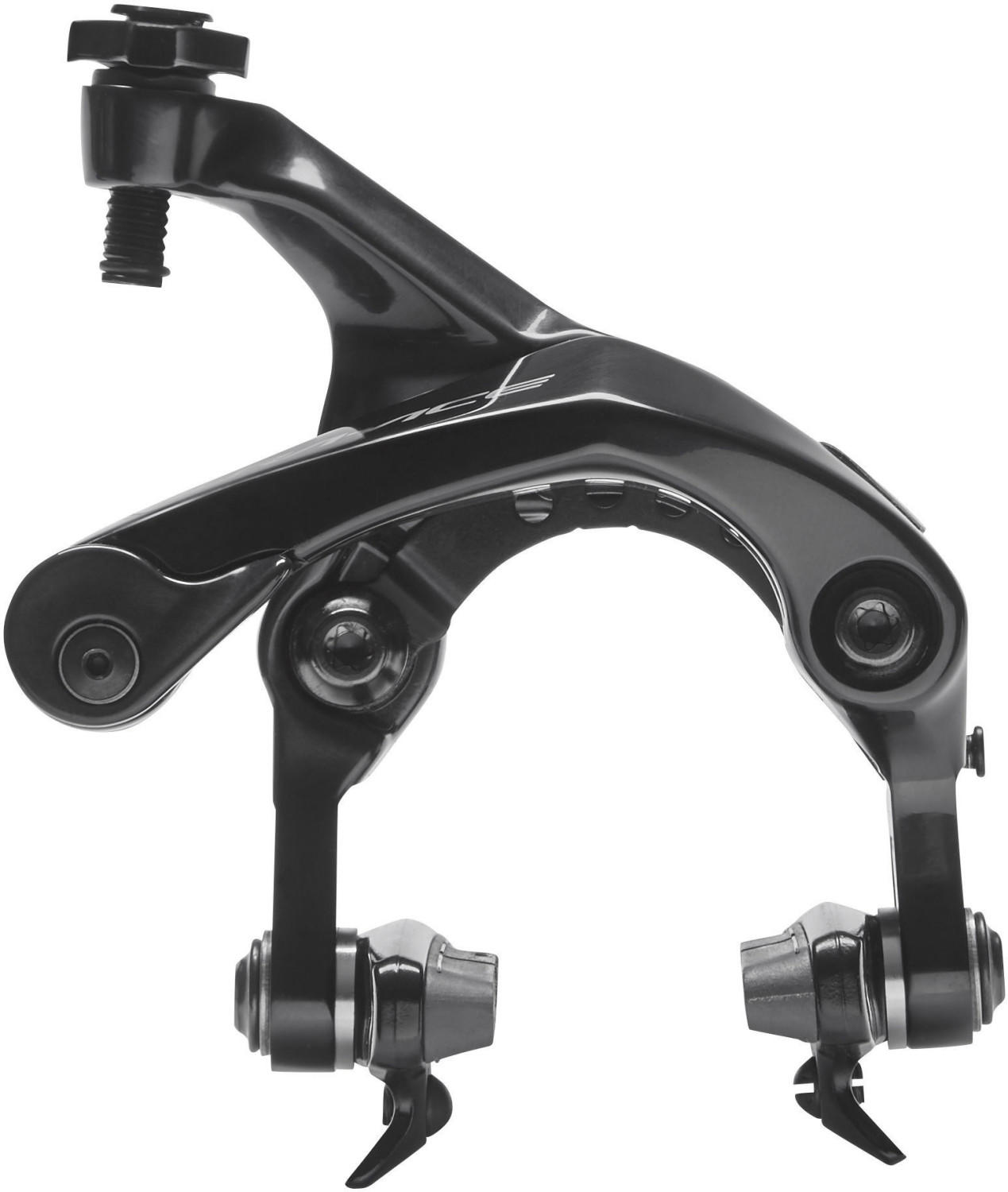


Modulation
Modulation refers to the ability to finely control the brake's power and it plays a crucial role in ensuring a safe and smooth riding experience. One example of a high-quality brake system with excellent modulation is the Shimano XTR M9120 Hydraulic Disc Brake. With its Servo-Wave technology and 4-piston design, it offers precise and responsive braking power, allowing riders to confidently navigate steep descents and technical trails. Another option in the market is the SRAM Guide Ultimate Disc Brake, known for its Fade-Free braking performance. With its SwingLink lever design and Contact Point Adjust, riders can easily adjust the modulation to their liking, providing consistent control in challenging terrains. These brakes demonstrate the ideal modulation characteristics desired by riders seeking reliable and precise stopping power.
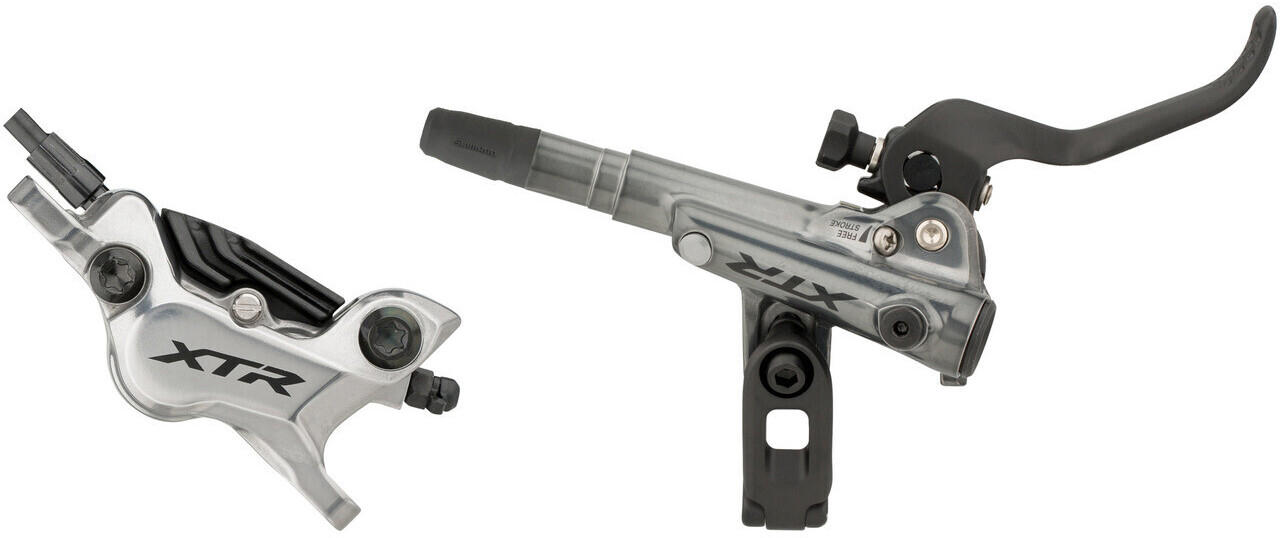

Compatibility with bicycle frame
Different types of frames warrant different types of brakes. For example, if you have a road bike with caliper brakes, a compatible option to consider is the Shimano Ultegra BR-R8000 Caliper Brake. With a dual pivot design and a lightweight aluminum construction, this brake is suitable for road bikes with rim brakes. On the other hand, if you have a mountain bike with disc brake mounts on the frame, a great option would be the Shimano Deore XT M8000 Disc Brake Set. This hydraulic disc brake set offers exceptional stopping power and modulation, making it ideal for off-road adventures. For those who own a city or hybrid bike with V-brake mounts, a suitable choice is the Tektro 837AL Mini V-Brake. This lightweight brake provides ample clearance for wider tires and is a great option for commuters or leisure riders. By considering the compatibility with your bicycle frame, you can choose the best brake option that fits your specific bike type.
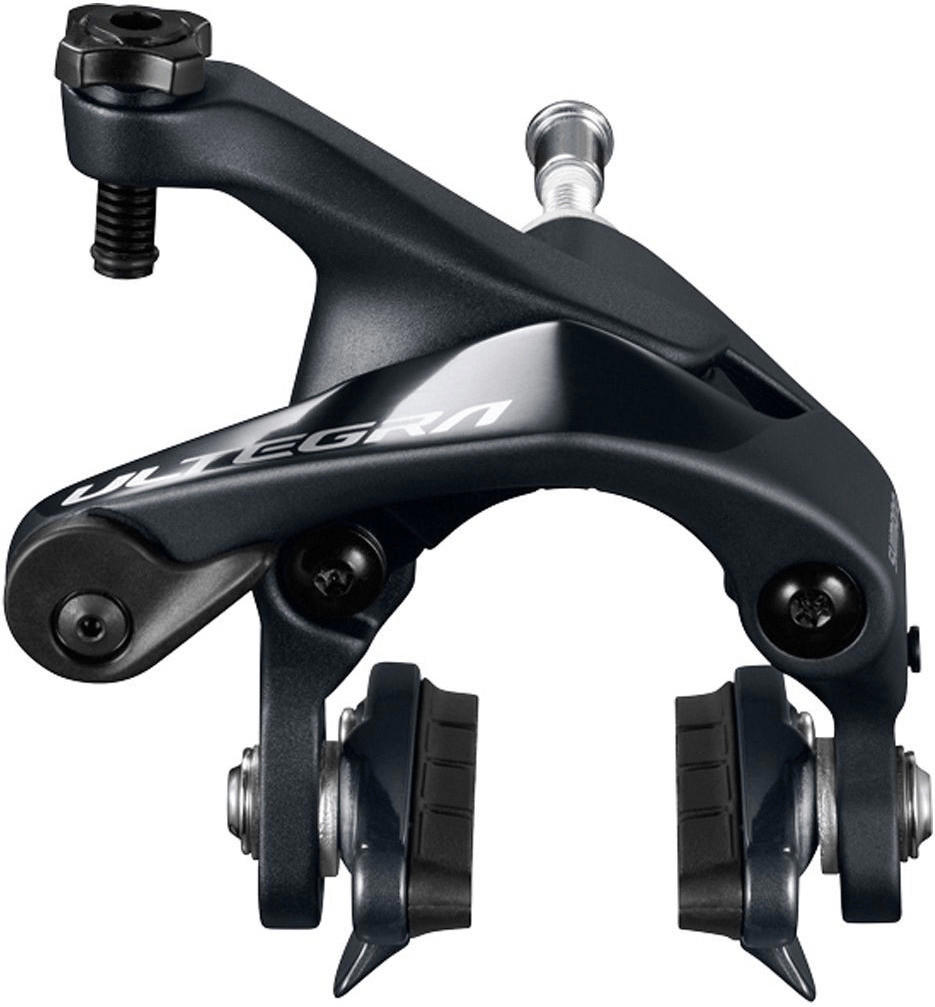
Weight
The weight of the brake system plays a significant role in determining the overall weight of your bike and can impact its performance, especially during uphill climbs and quick accelerations. Opting for lightweight brake systems can enhance your cycling experience and provide a more effortless ride.
For riders looking for a lightweight brake solution, a popular choice is the Shimano Dura-Ace BR-9000 Caliper Brake. With its lightweight design, weighing only 297 grams, these caliper brakes provide excellent stopping power while reducing the overall weight of the bike. Another option to consider is the SRAM RED Aero Link Road Caliper Brake, weighing around 195 grams. This brake system features a precise braking response and a lightweight construction that remains stiff and stable even under high braking forces. These lightweight brake options are suitable for riders aiming to reduce the overall weight of their bikes without compromising stopping power and control.

Ease of installation
Some brakes require complex adjustments and meticulous installation, which can be challenging for beginners or those without technical expertise. For novice bikers, it is recommended to opt for straightforward installation brakes.
One such product that offers easy installation is the Shimano MT200 Hydraulic Disc Brake Set. These hydraulic disc brakes come pre-bled, ensuring a hassle-free installation process. Additionally, the package includes a compatible 160mm rotor and calipers, making them a complete set that is ready to install. Another option is the Avid Single Digit 5 Linear Pull Brake Set, which is known for its simple design and quick installation. These rim brakes are ideal for riders who prefer lightweight and easy-to-install options.
It's important to note that while these products are considered user-friendly in terms of installation, riders should still refer to the manufacturer's manual for proper set up and alignment.
Pad material
Different pad materials offer varying levels of braking power, durability, and performance. Organic brake pads, such as the Shimano M06 Metal Resin Disc Brake Pads, are known for their excellent modulation and low noise level. They are a popular choice for recreational cyclists as they provide consistent and predictable braking performance. On the other hand, semi-metallic brake pads like the Magura Disc Brake Pads 9.S offer improved longevity and heat dissipation. These pads are ideal for long-distance riders and downhill enthusiasts. Lastly, sintered brake pads, such as the TRP DH Disc Brake Pads, are extremely durable and offer exceptional braking power. They are perfect for aggressive riders tackling intense off-road trails or those who frequently ride in wet and muddy conditions. Choosing the right pad material will ensure optimal safety and performance during your cycling adventures.
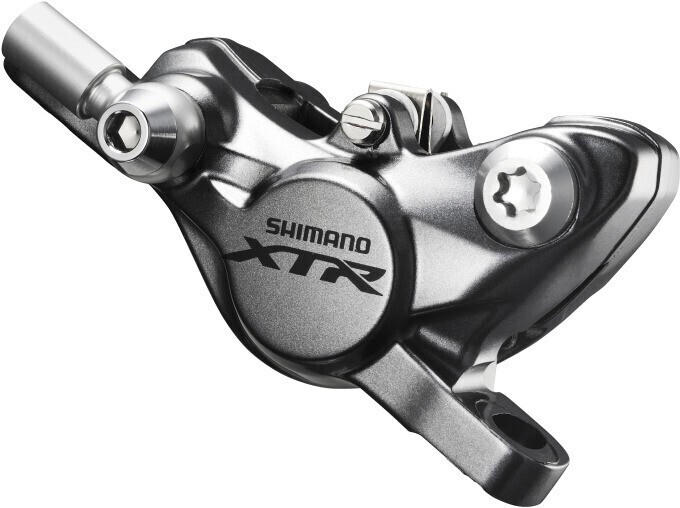
Pad replacement
Pads can wear down over time, leading to diminished braking performance and safety hazards. A top recommendation for pad replacement is the Shimano Deore XT pads. These pads are crafted from a high-quality compound and feature a cooling fin design, providing efficient heat dissipation and extended pad life. Another notable option is the SwissStop Flash Pro Black Prince pads, formulated with an advanced design that exhibits excellent modulation and stopping power even in wet weather conditions. The market offers various pad options that cater to specific performance needs. For those seeking endurance and consistency, the Kool-Stop Dual Compound Mountain Pads are a great option, as they feature a long-lasting dual compound design for enhanced braking effectiveness in varied riding conditions. Manufacturers often offer pad replacements specifically tailored for different terrain types, such as downhill or recreational biking, ensuring optimal performance for each specific use case.
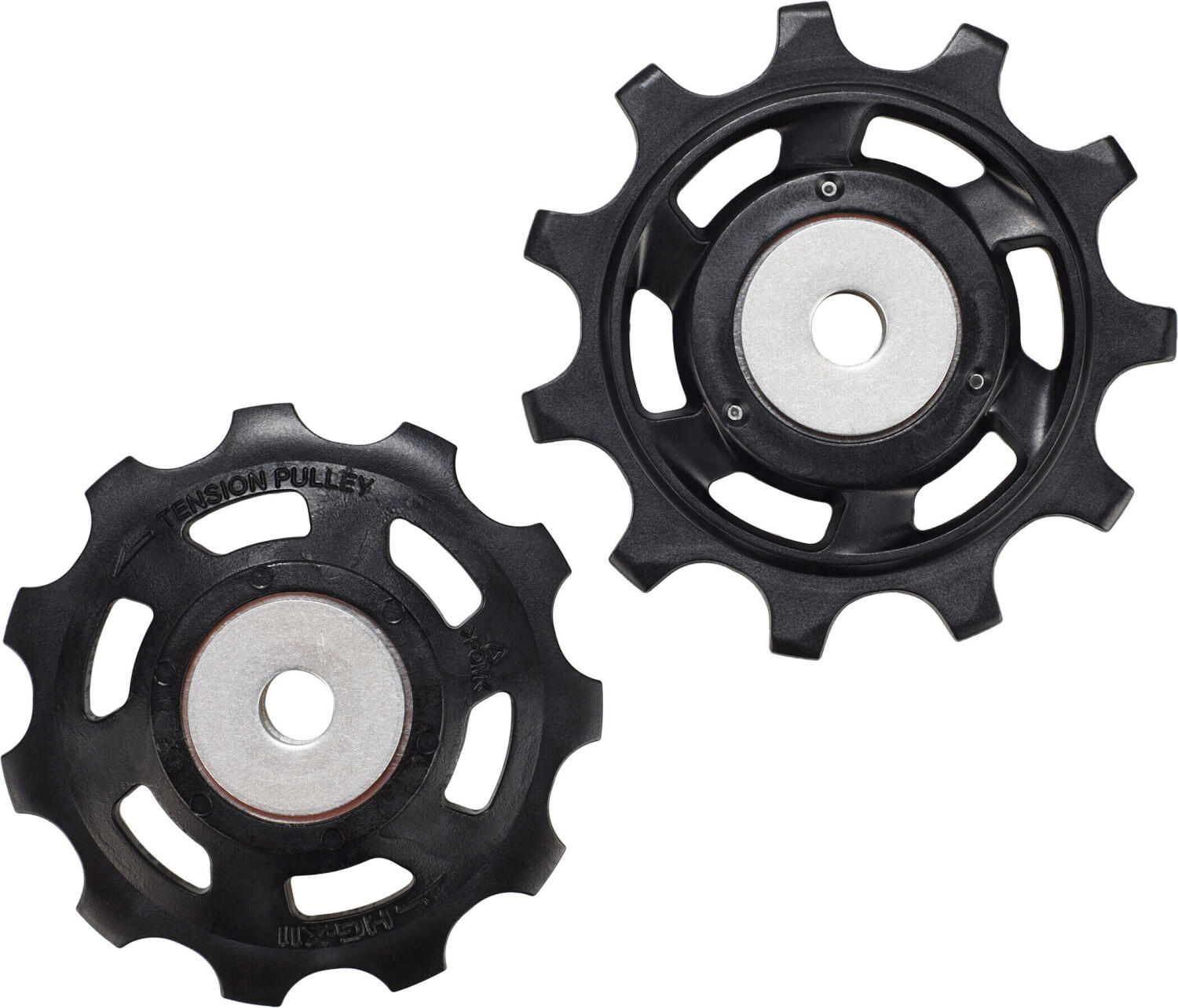
Rotor size compatibility
The rotor size refers to the diameter of the brake disc on your bike. Different types of brakes are designed to accommodate specific rotor sizes to ensure optimal braking performance. It is important to check the specifications of both the brake system and your bike to ensure they are compatible in terms of rotor size.
For example, avid mountain bike riders may want to consider the Shimano Deore XT M8000 Disc Brake Set, which is compatible with rotors ranging from 160mm to 203mm in diameter. This brake system offers reliable stopping power and precise control, making it suitable for aggressive riding. Another option for road biking enthusiasts is the SRAM Force AXS HRD Disc Brake, designed to work with rotors between 160mm and 160mm in diameter. This brake system also features a hydraulic design for excellent modulation and performance on the road.
Rotor type compatibility
There are two main types of rotor mounting systems: Centerlock and 6-Bolt. Centerlock rotors are designed to easily attach to a splined hub interface, providing a firmer and more secure connection. One example of a Centerlock rotor compatible brake system is the Shimano XT M8100 Disc Brake, which incorporates a Centerlock rotor mount.
On the other hand, 6-Bolt rotors feature six evenly spaced bolt holes for attaching the rotor to the hub. These rotors are very common and suitable for most bikes. If you opt for a 6-Bolt rotor compatibility, you might consider brakes like the SRAM Level TL Disc Brake. This brake system is renowned for its excellent modulation and control, and it is designed to work seamlessly with 6-Bolt rotor mounts.
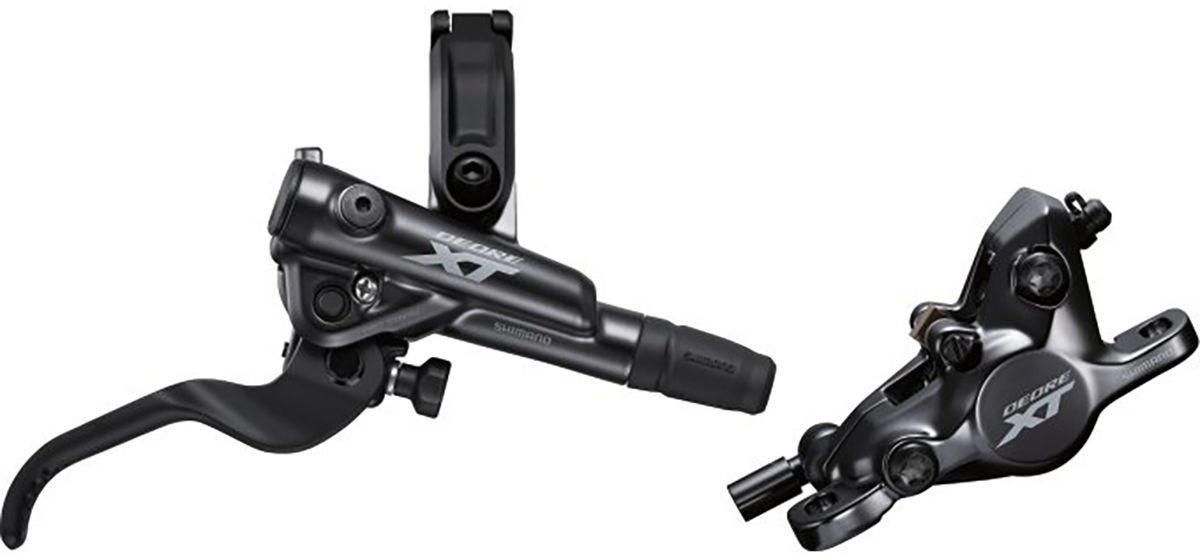
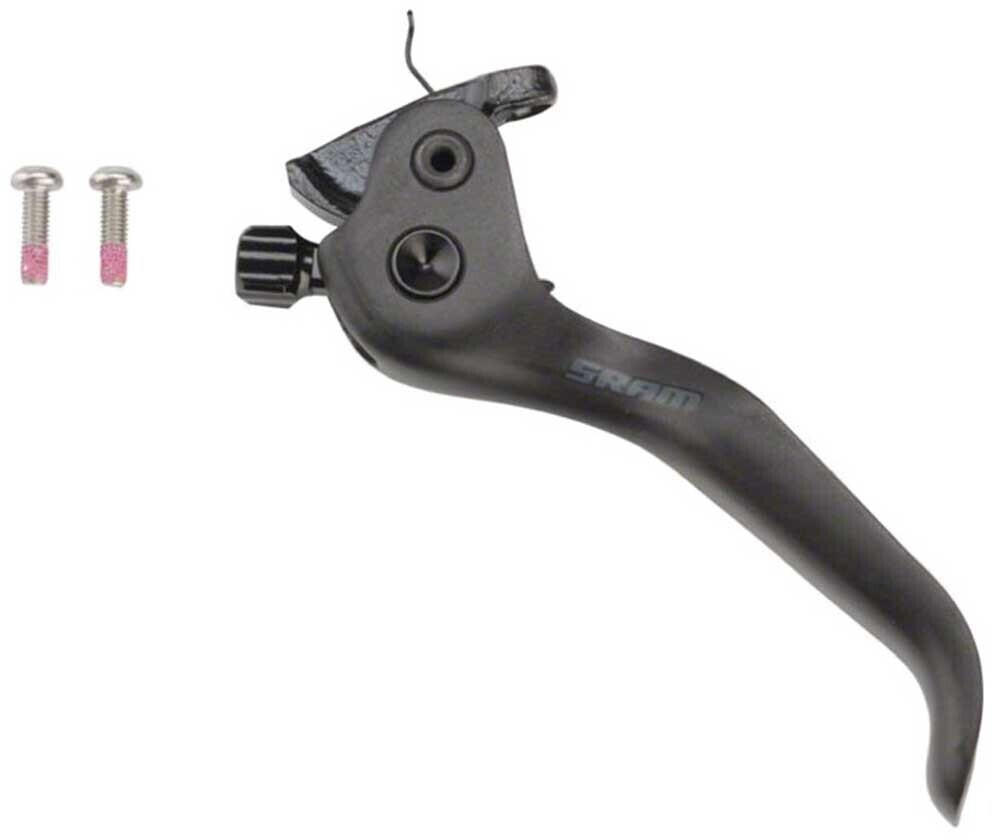
Other notable options for 6-Bolt compatibility include the Magura MT Trail Sport Disc Brake known for its consistent and reliable performance, and the Hope Tech 3 X2 Disc Brake which offers a lightweight design and powerful stopping power. Ultimately, selecting a bike brake system that matches your bike's rotor type compatibility ensures a secure attachment and optimal performance.

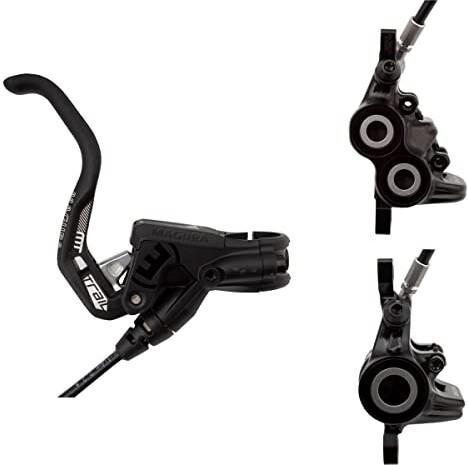
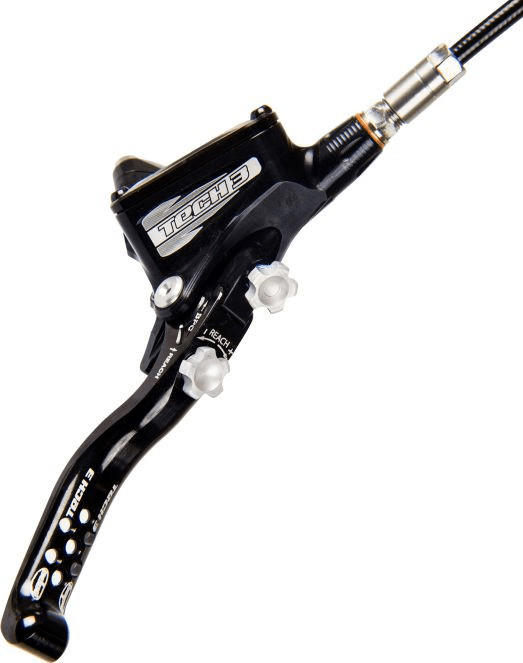
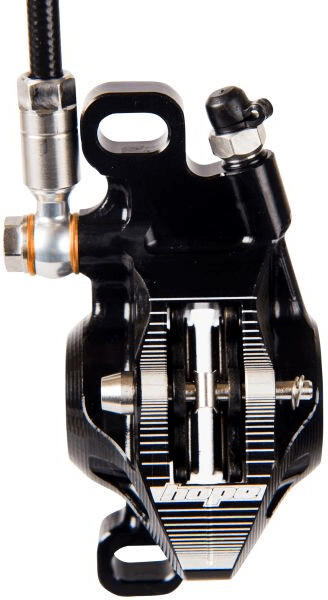
Lever reach adjustment
This refers to the ability to adjust the distance between the brake lever and the handlebar grip, ensuring a comfortable and efficient braking position for your hand size. Some of the top products that offer lever reach adjustment include the Shimano XTR M9100 brakes and the SRAM Guide Ultimate brakes.
The Shimano XTR M9100 brakes feature reach adjustment via a tool, allowing riders to customize the lever positioning to their liking. Additionally, these brakes boast a 2-piston hydraulic disc design, providing reliable stopping power in various conditions. On the other hand, the SRAM Guide Ultimate brakes offer "Contact Point Adjustment" which allows for reach adjustment without any tools. These brakes are known for their superior modulation and control, thanks to the 4-piston caliper design.
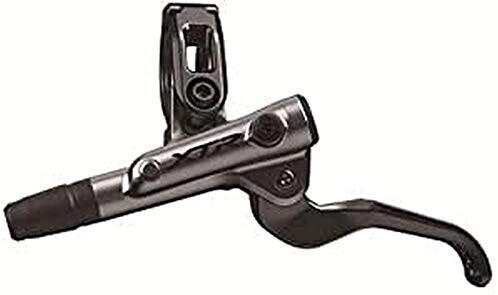
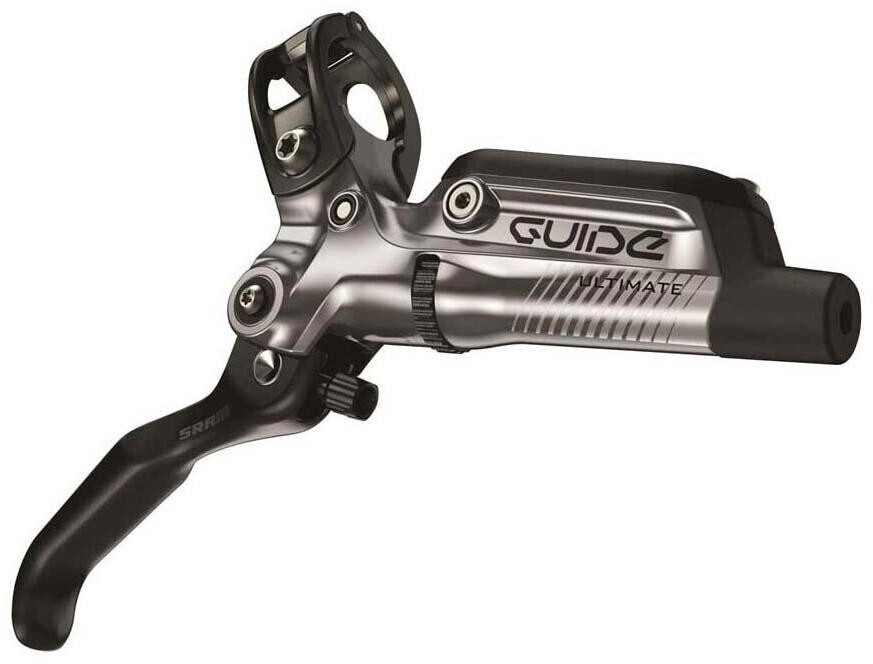
By considering lever reach adjustment, cyclists can ensure optimal comfort and control while riding, allowing them to brake confidently regardless of hand size.
Lever shape and size
The lever shape not only affects the overall aesthetics of the bike, but it also plays a crucial role in comfort and control. Look for a lever shape that is ergonomic and fits well into your hand, allowing for easy and efficient braking. Consider options like the SRAM Level Ultimate Disc Brake, which features a sleek, minimalist lever shape that provides a comfortable grip and exceptional modulation.
Another aspect to consider is the lever size. A larger lever size can offer increased leverage and power, which is especially important for riders who require stronger and more precise braking. Bigger levers, such as the Shimano XTR BL-M9000 Brake Lever Set, are designed to accommodate riders with bigger hands, providing enhanced control and grip. On the other hand, smaller levers like those of the Magura MT Trail Sport Brakes may be more suitable for riders with smaller hands, ensuring easy reach and optimum control while riding. It's crucial to find the right balance between lever shape and size based on your individual hand size and braking requirements.
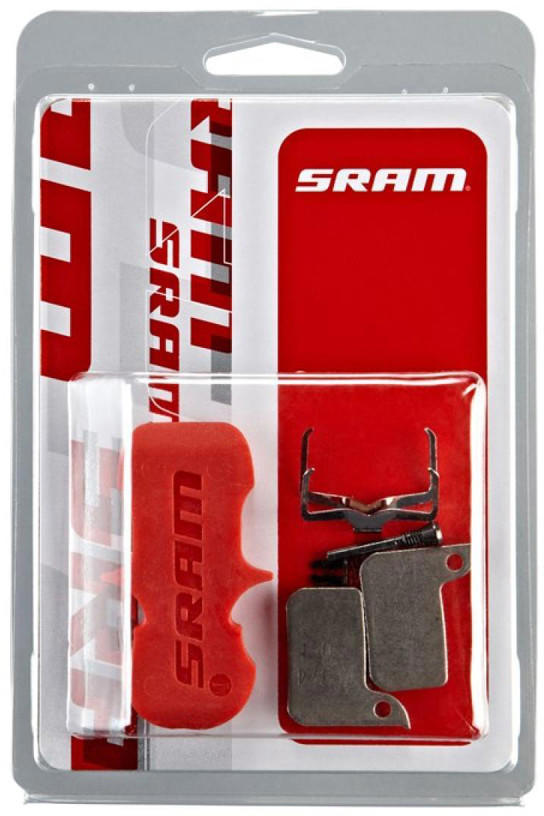

Lever material
Choosing the right lever material for your bike brakes can greatly affect your overall braking performance. Aluminum levers are the most common and widely used due to their lightweight nature and excellent strength-to-weight ratio. They offer a great balance between durability and performance. One popular option in this category is the Shimano Deore BL-M6100 brake lever, which features an aluminum construction for improved performance and exceptional durability. Another recommended choice is the SRAM Guide R brake lever, which also utilizes an aluminum lever for a more reliable and precise braking experience.
Another lever material to consider is carbon fiber, known for its superior stiffness and lightness. Carbon fiber levers provide excellent feedback and modulation, allowing for better control over your speed and braking power. A top contender in this category is the Magura MT8 SL brake lever, which boasts a carbon fiber lever blade for increased performance and reduced weight. Users looking for a budget-friendly option may consider the TRP Spyre mechanical disc brake lever, which combines carbon fiber and aluminum for a cost-effective yet high-performance choice.
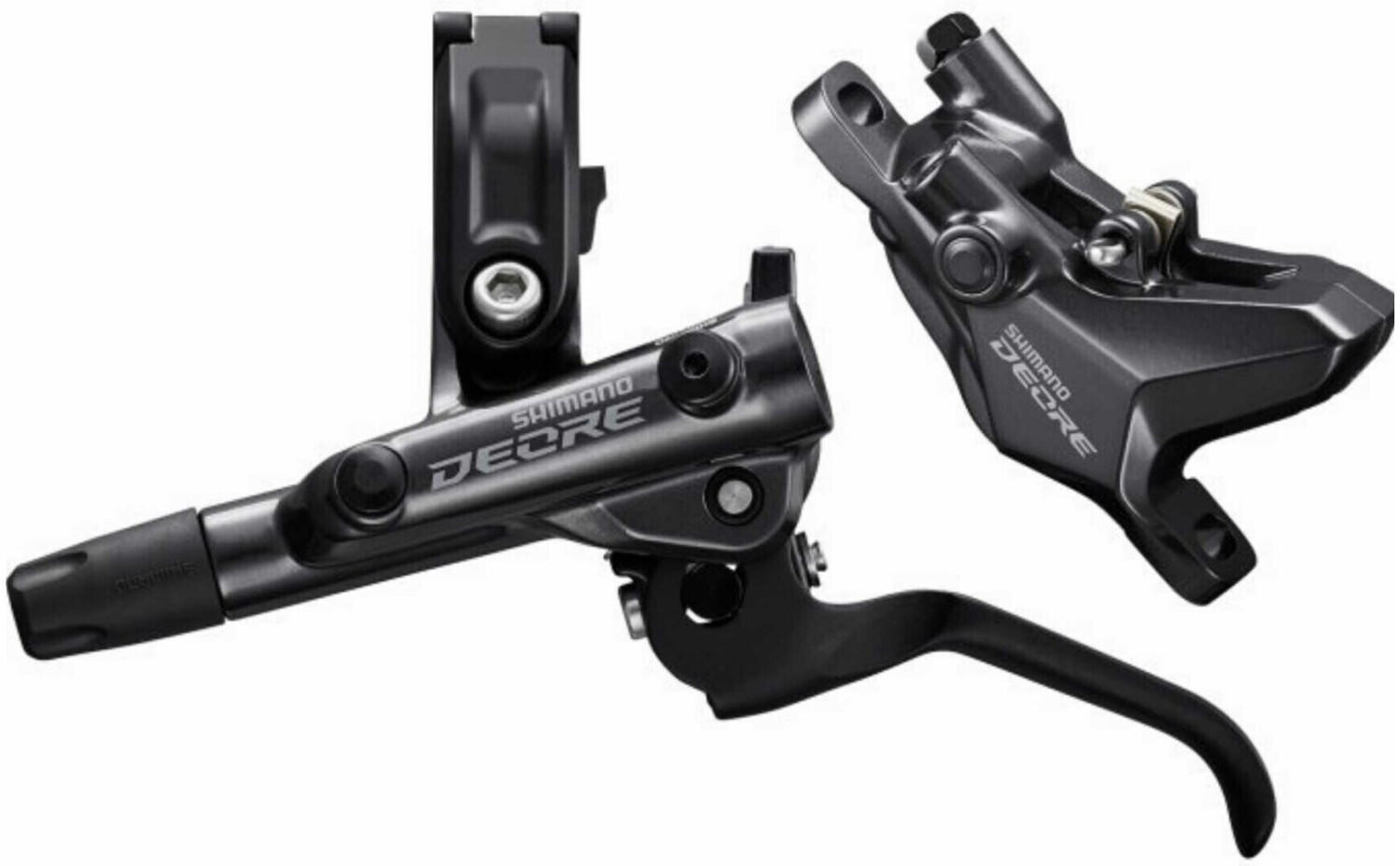

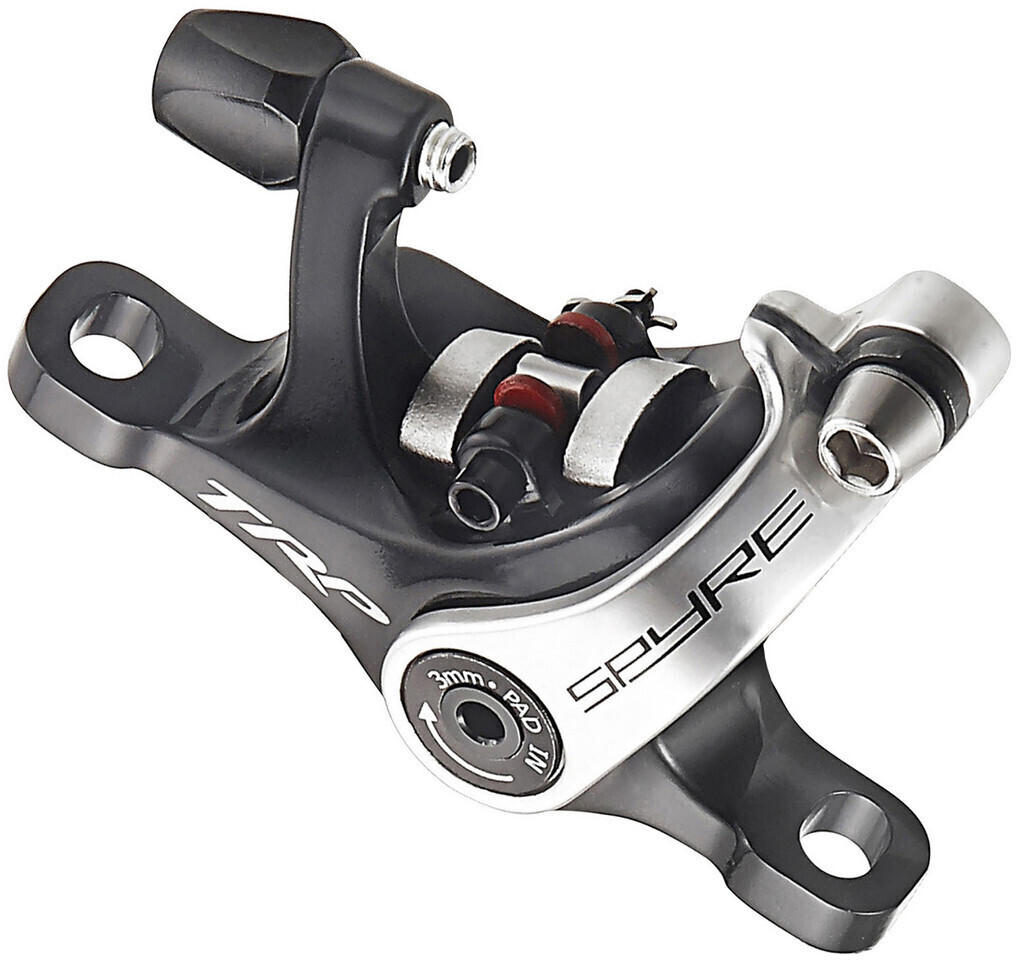
Lever compatibility with handlebars
Different handlebars require different types of brake levers. The most common types of handlebars are drop bars and flat bars.
For drop bars, you will need a road brake lever that is designed to integrate smoothly with the curved shape of the handlebar. The Shimano Ultegra R8070 Flat Mount Hydraulic Disc Brake is a popular choice for drop bar users. It features a compact design and offers high braking performance. Another option is the SRAM Force 22 HRD hydraulic disc brake set, which combines a comfortable lever shape with precision braking control.
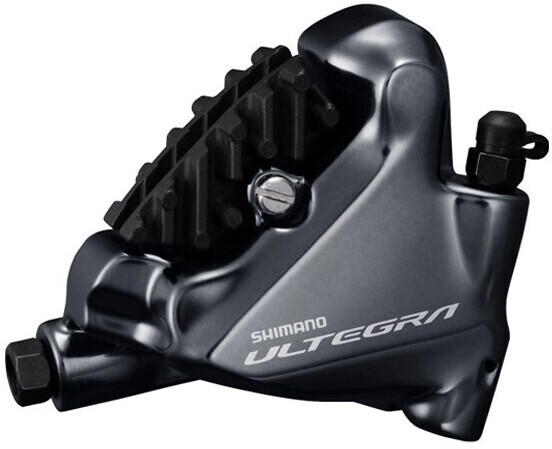


For flat bars, you will need a flat bar brake lever. These levers are designed to fit the straight handlebar shape and offer comfortable hand positioning. Some recommended flat bar brake lever options include the Shimano BL-MT200 hydraulic disc brake lever, which has a versatile design suitable for both mountain bikes and urban bikes, and the Magura MT5 Flatmount HC brake lever, which provides reliable braking power and modulation.
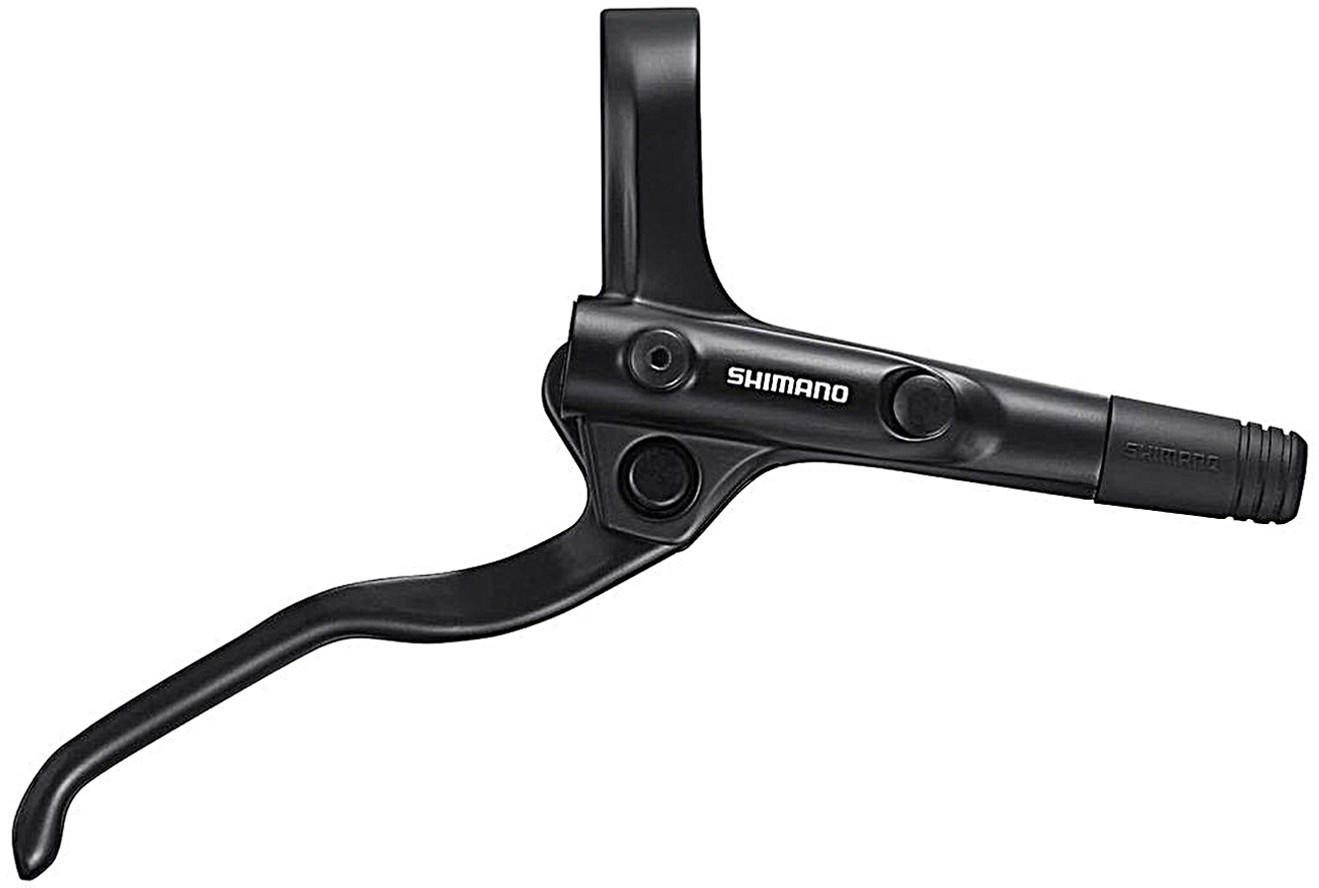
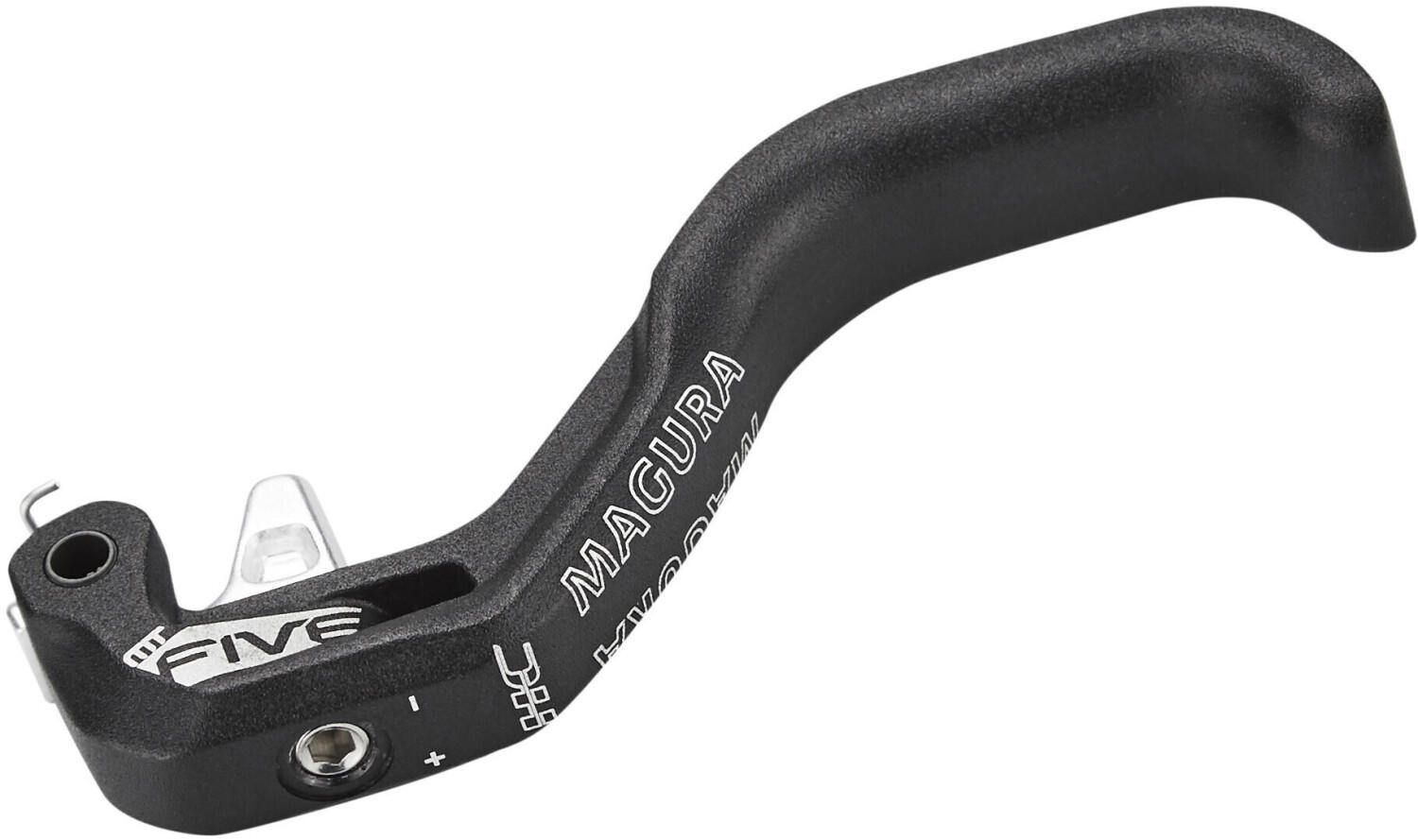
Lever reach and ergonomics for different hand sizes
The lever reach refers to the distance the brake lever can be adjusted to accommodate varying hand sizes comfortably. Ergonomics is about the design and shape of the brake lever to ensure proper hand alignment and reduce fatigue during long rides.
For riders with smaller hands, products like the Shimano RS685 hydraulic disc brakes or the SRAM Rival 1 HRD hydraulic disc brakes are excellent options. These brakes feature reach adjustment mechanisms that can bring the lever closer to the handlebars, enhancing control and confidence for riders with shorter fingers. On the other hand, riders with larger hands may find the Avid Elixir 9 Carbon hydraulic disc brakes or the Hope Tech 3 V4 disc brakes suitable. These models offer adjustable reach and wider lever blades, accommodating riders with bigger hands and allowing for a more comfortable grip. By considering the lever reach and ergonomics specifically suited for their hand size, cyclists can ensure a better braking experience.
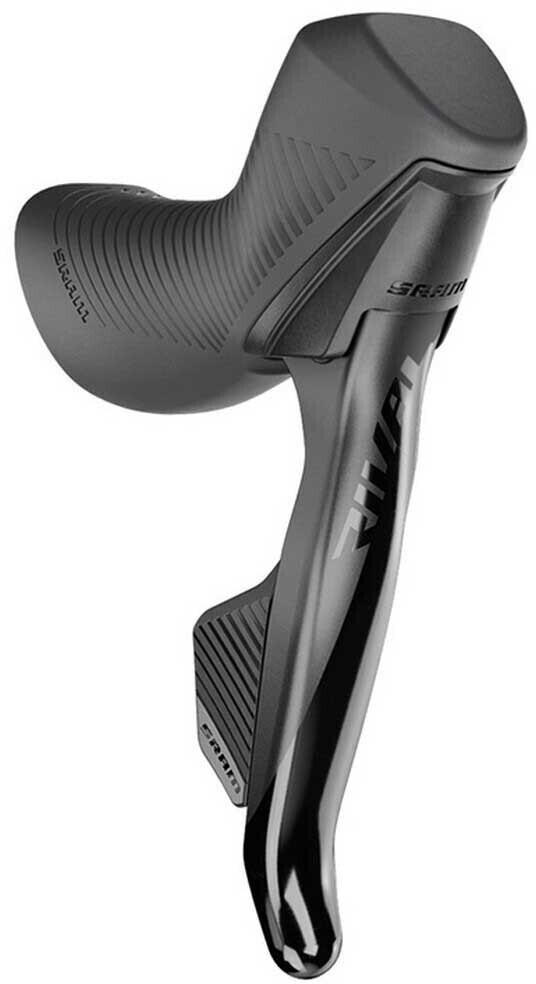

Lever modulation
Lever modulation refers to the level of control you have over the amount of braking force applied. Some riders prefer a linear feel, where the amount of force you apply directly corresponds to the amount of braking power. Others prefer brakes with a progressive feel, where the braking power gradually increases as more force is applied to the levers.
For riders who want a more linear feel, one option to consider is the Shimano Deore M6000 hydraulic disc brake set. These brakes offer excellent lever modulation, allowing precise control of braking power. Another option is the SRAM Code RSC hydraulic disc brake. These brakes have a progressive feel that provides greater modulation and consistent performance under demanding conditions.
For riders who prefer a progressive feel, the Hope Tech 3 E4 hydraulic disc brake is a popular choice. These brakes offer a powerful braking performance with excellent lever modulation. Another option is the TRP Quadiem G-Spec hydraulic disc brake, known for its solid construction and reliable modulation.
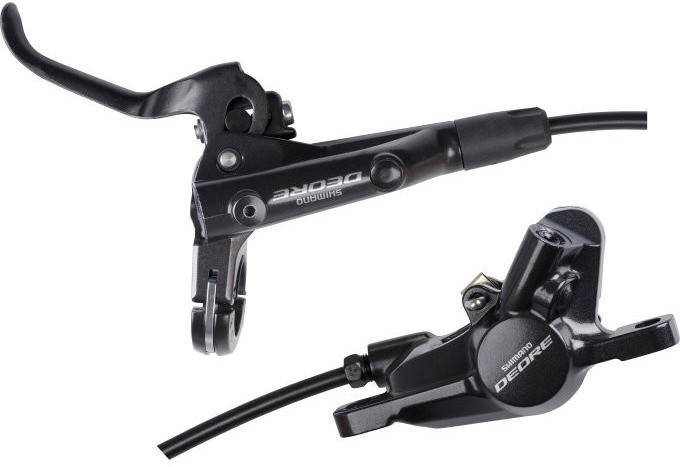
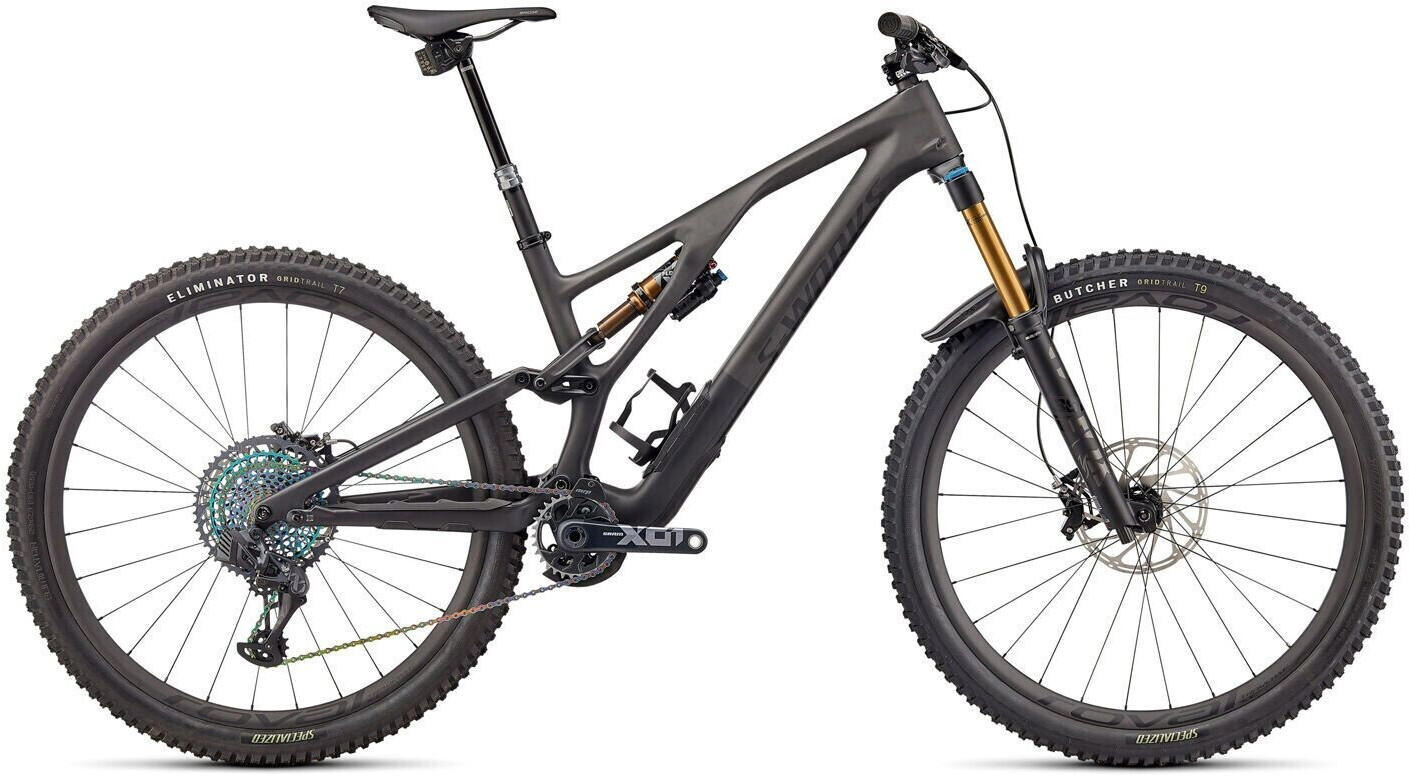
Ultimately, the choice of bike brakes with the desired lever modulation will depend on individual preferences and riding style. It is recommended to try out different brakes and consider factors such as pad material, brake rotor size, modulation adjustability to ensure an optimal choice.
Lever adjustment for cable tension
This feature allows you to fine-tune the brakes and ensure optimal performance. Look for brakes that offer easy-to-use lever adjustment systems, such as the Shimano XT M8000 Disc Brake or the SRAM Guide RSC Disc Brake. These high-quality brakes provide excellent lever feel and performance, allowing you to easily adjust the cable tension to your preference. Additionally, the Shimano Acera BR-M395 Disc Brake and the Avid BB7 Road SL Disc Brake are great options for those on a budget, as they still offer lever adjustment for cable tension without compromising on quality.
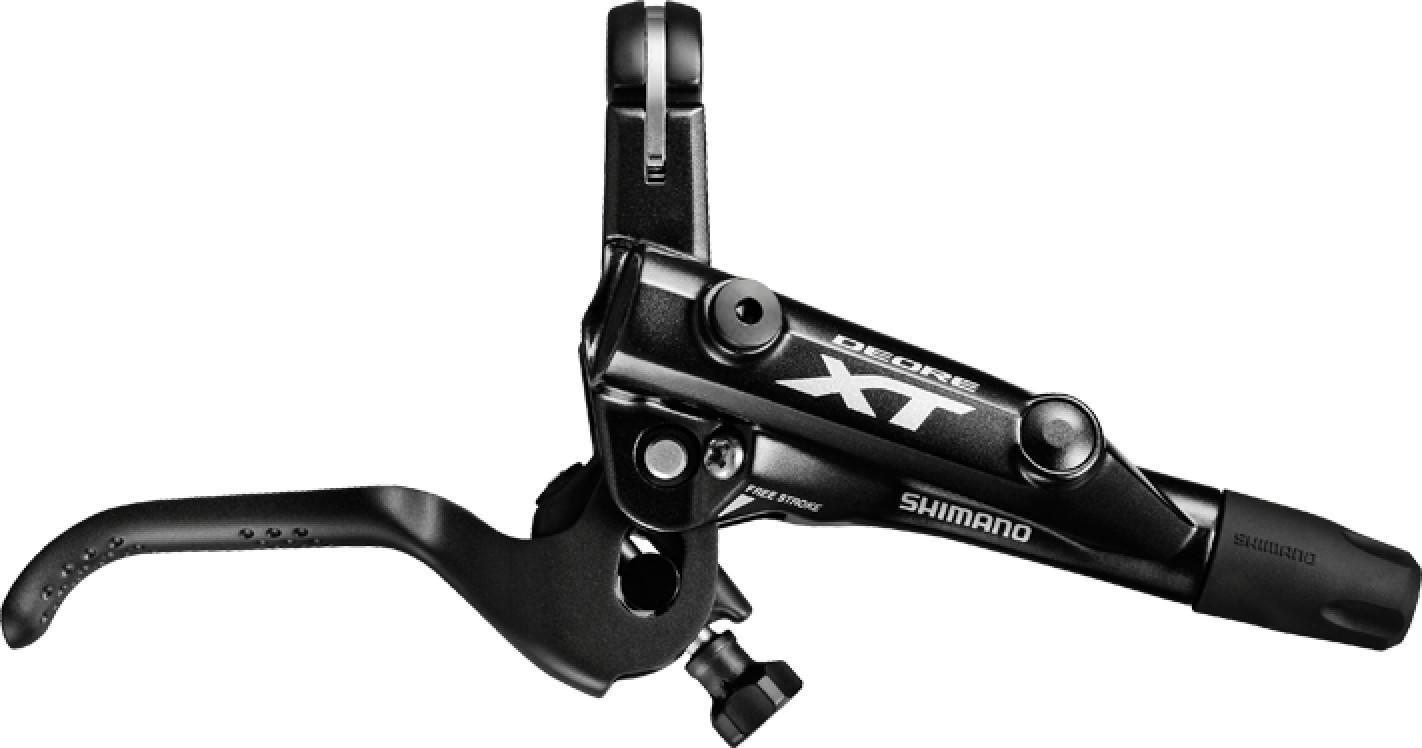
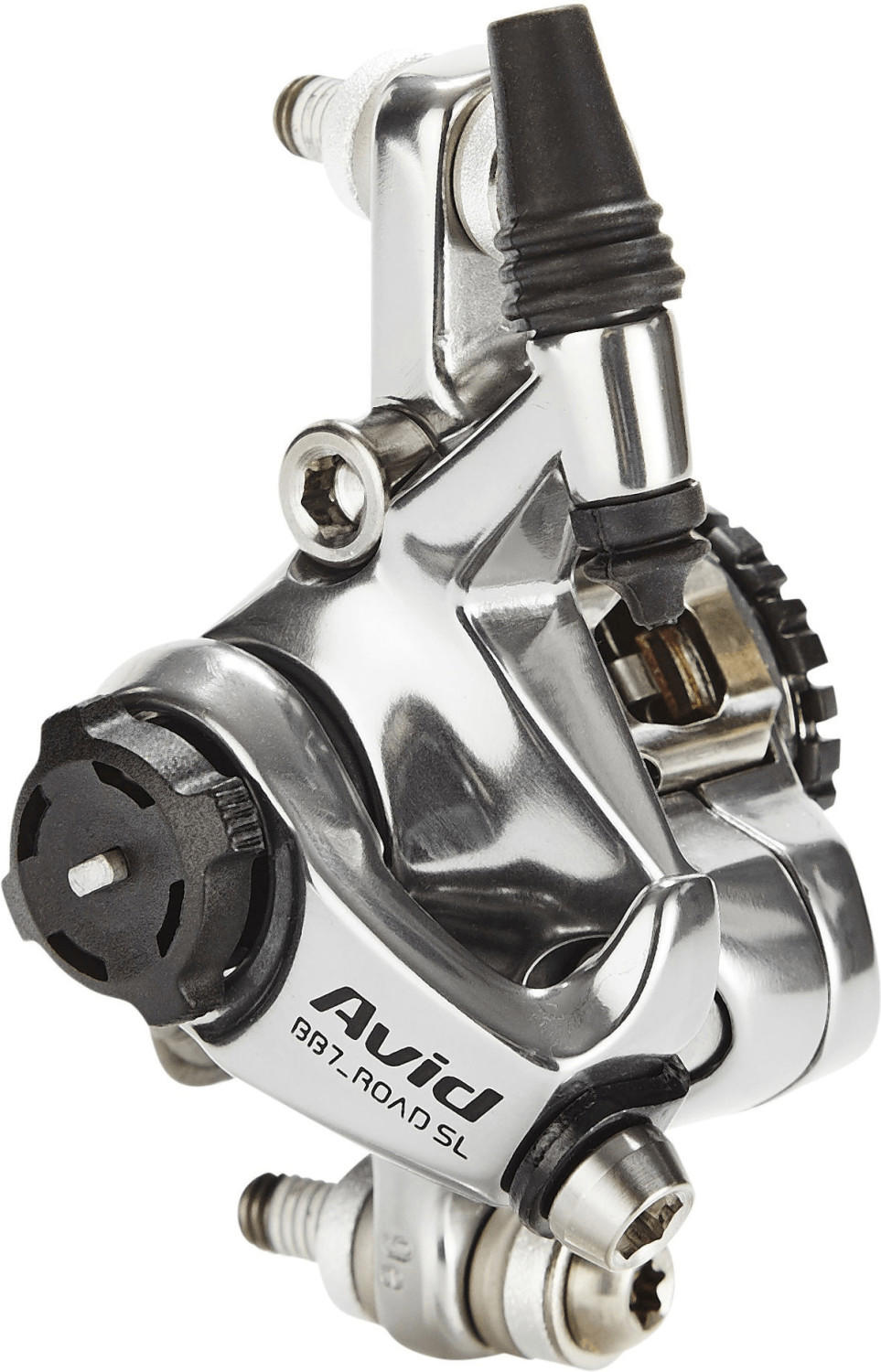
Lever throw adjustment
This adjustment allows you to personalize the brake lever's distance from the handlebar, enhancing the comfort and control of your bike. One outstanding product that offers effective lever throw adjustment is the Shimano XT M8000 Hydraulic Disc Brake Set. With a tool-free reach adjustment, this hydraulic disc brake set allows easy customization of the lever position and feel without the hassle of additional tools. Another highly recommended option is the SRAM Guide RSC Hydraulic Disc Brakes, engineered with the reach adjust feature for quick and straightforward lever throw adjustment. It allows you to effortlessly fine-tune your lever position, ensuring optimal performance and ergonomics.
Cable pull ratio compatibility
Cable pull ratio refers to the amount of cable pulled by the brake lever to generate braking force. Different brake systems have varying cable pull ratios, and it is important to choose a brake that matches your bike's cable pull ratio for optimal performance.
For bikes with a standard cable pull ratio, a great option is the Shimano Deore XT M8000 Disc Brake. This hydraulic disc brake system offers consistent and reliable stopping power, thanks to its high-performance ceramic pistons. It also features a Servo Wave mechanism that enhances control and responsiveness. Another excellent choice is the SRAM LEVEL Ultimate Disc Brake. Equipped with a lightweight magnesium 2-piston caliper and carbon lever blade, this brake system provides excellent modulation and a smooth lever feel.
For bikes with a different cable pull ratio or older models, a suitable option is the TRP Spyre Mechanical Disc Brake. Designed specifically for road and gravel bikes with a long-pull cable actuation, this mechanical disc brake offers powerful performance and easy maintenance. It utilizes a dual-sided actuation that ensures even pad wear and consistent braking power.


It is essential to consider the cable pull ratio compatibility when selecting bike brakes to ensure optimum performance and compatibility with your bike's braking system.
Hydraulic or mechanical system
Hydraulic brakes use fluid to transfer the force applied at the brake lever to the caliper, resulting in a smooth and reliable braking performance. One example of a hydraulic brake system that stands out is the Shimano XT M8000 brake set. It features a high-power ceramic piston design, allowing for consistent and efficient braking power. Another notable option is the SRAM Guide RSC brake set, which utilizes a 4-piston caliper and a precision-engineered lever for enhanced modulation and control. On the other hand, mechanical brakes function using a cable to directly pull and engage the brake pads. For riders seeking simplicity and easy maintenance, the TRP Spyre Mechanical Disc Brakes provide excellent performance, with dual actuation and adjustable pad wear. The SRAM Apex brake set is also worth considering, providing reliable stopping power and easy installation. Ultimately, the decision between hydraulic and mechanical brakes boils down to personal preference and specific riding needs.
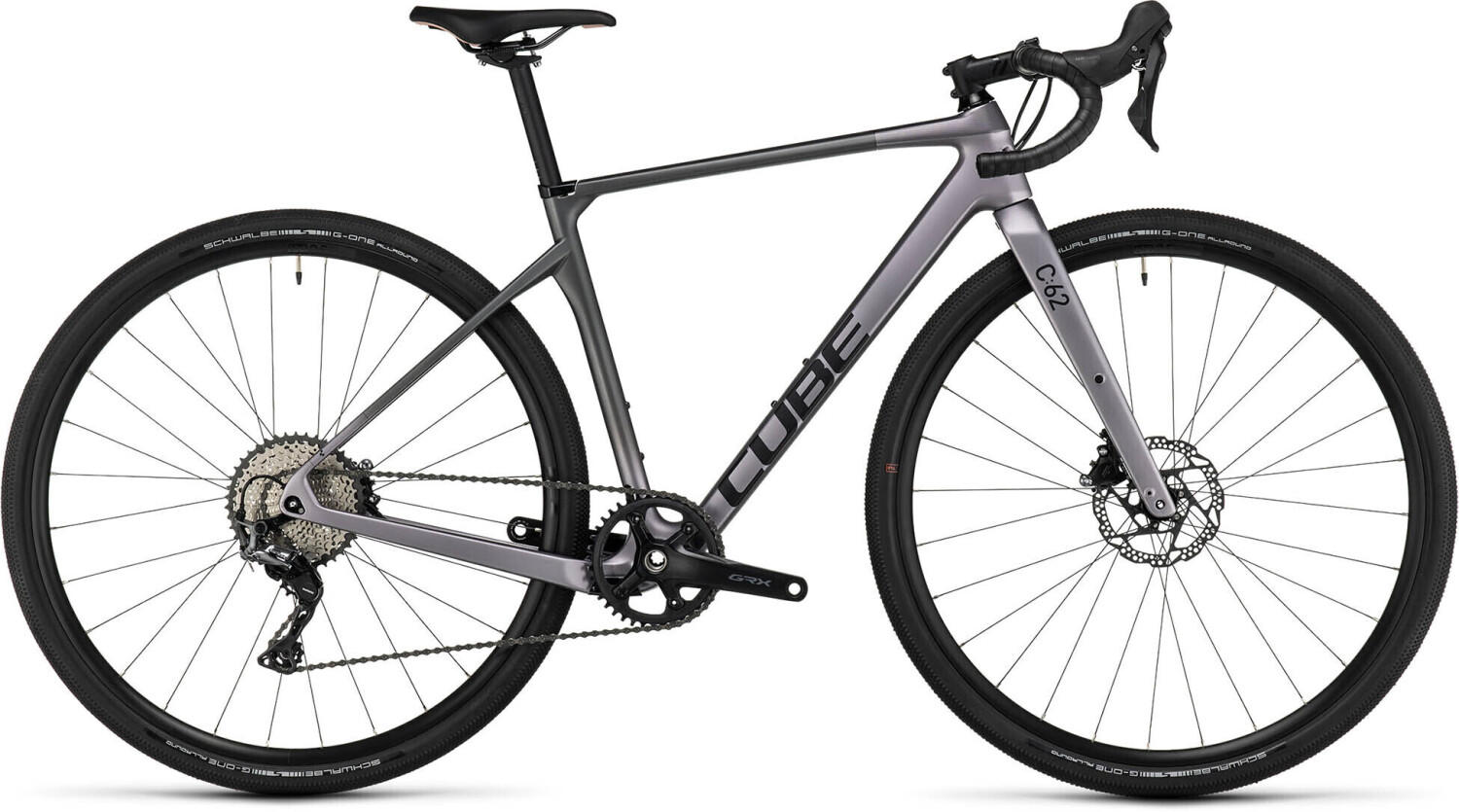

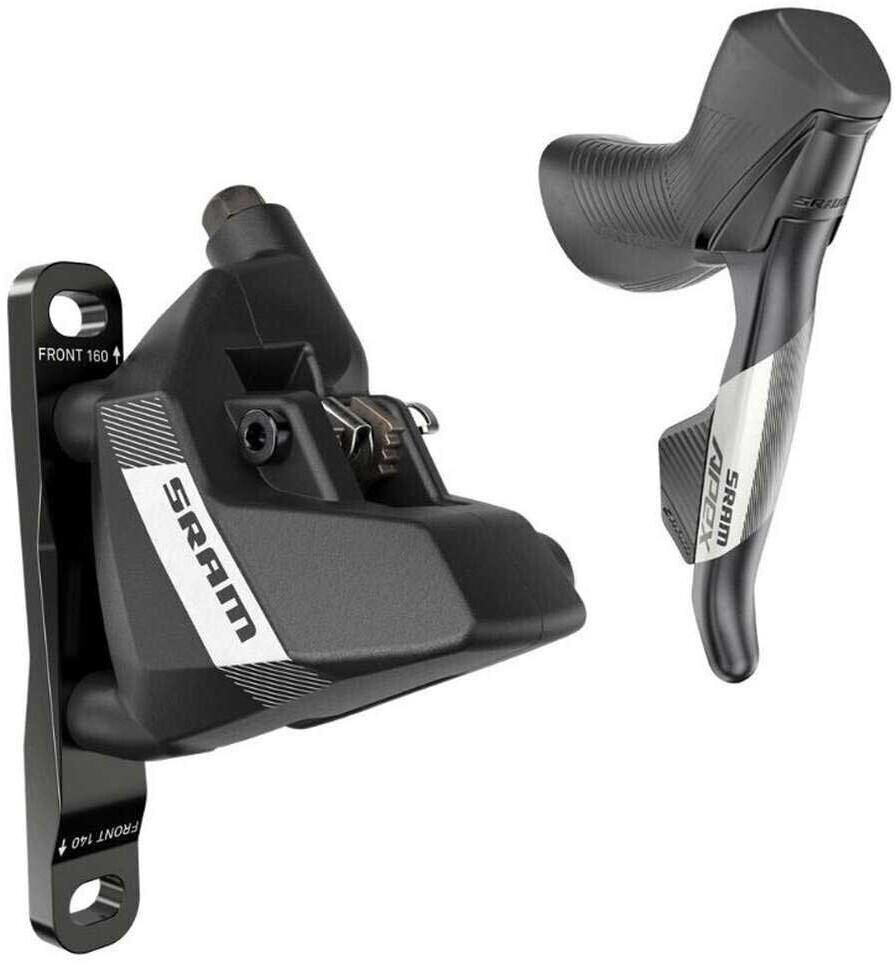
Wheel size compatibility
Different brakes are designed to be suited to specific wheel sizes, and using the wrong size can lead to poor performance or even mechanical issues. For example, if you have a bike with 26-inch wheels, you should look for brakes that are specifically designed for this wheel size. A popular option for mountain bikes with 26-inch wheels is the Shimano BR-M375 Mechanical Disc Brake. It offers a great balance between price and performance, and its compatibility with 26-inch wheels ensures optimal braking performance.
Another wheel size to consider is 700c, commonly found on road bikes. For this wheel size, a high-quality brake option is the SRAM Force Dual Pivot Road Brake Caliper. It features a lightweight design and provides strong stopping power for fast road rides. For those with specialized bikes such as cyclocross bikes with 700c wheels, the TRP Spyre Mechanical Disc Brake is a reliable choice. It offers precise modulation and easy setup, making it suitable for both road and off-road adventures. Remember to always check the specifications and compatibility of the brakes to ensure they are a perfect match for your wheel size.
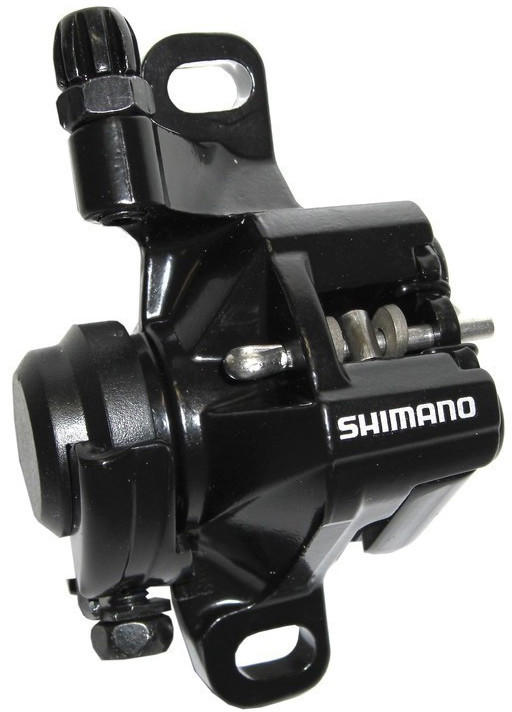
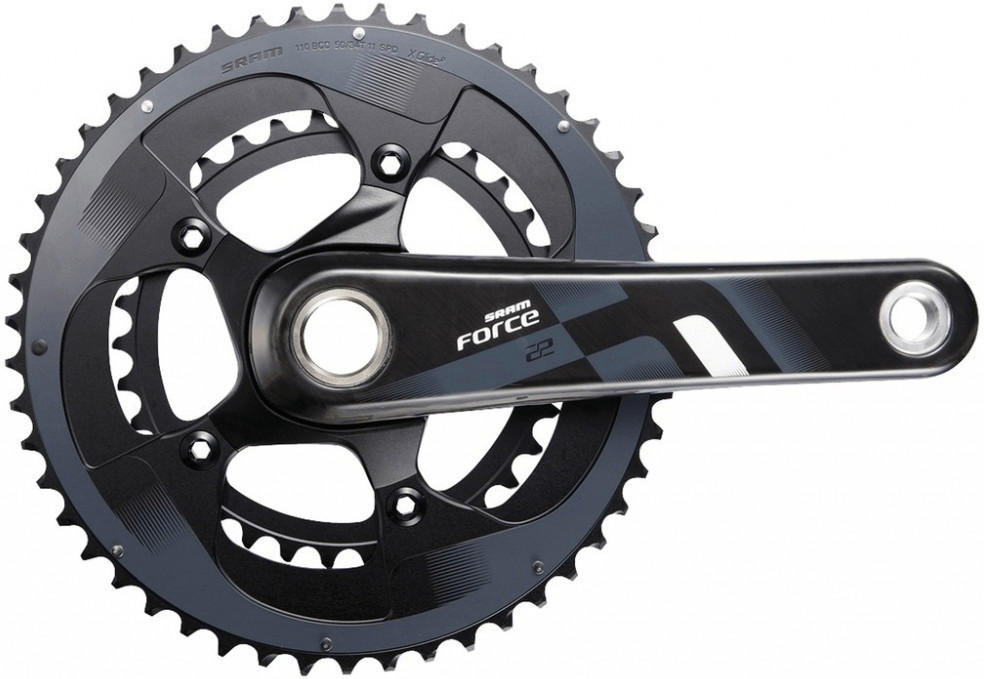

Rotor cooling capability
Rotor cooling capability plays a crucial role in choosing the best and right bike brakes. When riding at high speeds or in demanding terrains, your brakes can generate a significant amount of heat, which can affect their performance and reliability. Therefore, it is essential to select brakes with efficient cooling mechanisms to prevent overheating and maintain consistent braking power. Look for brakes that are equipped with innovative cooling features such as ventilated rotors, heat-sink technology, or finned designs. These features help dissipate heat more effectively, allowing the brakes to stay cool and provide consistent performance even during prolonged braking sessions.
- Example products for sufficient rotor cooling capability:
- 'Shimano Deore SRAM XC Code R' - These brakes feature a ventilated rotor design that enhances heat dissipation and keeps the brakes cool even during intense riding sessions. With cooling fins integrated into the brake caliper, these brakes deliver exceptional heat management, ensuring optimal braking performance.
- 'Hope Tech 3 E4 Hayes Dominion' - Known for their efficient cooling capabilities, these brakes utilize heat-sink technology to dissipate heat effectively. Alongside their vented rotor design, these brakes maintain cool operating temperatures, preventing fade and ensuring reliable braking performance.
Noise level
No one wants a bike that screeches every time they hit the brakes, especially in urban areas. A quiet braking system not only provides a more pleasant riding experience but is also less likely to disturb others around you. One great product that stands out in terms of noise reduction is the Shimano Ultegra BR-R8000 Brake Caliper. This brake caliper is engineered with grooved brake pads and a pivoting post mount design, resulting in smooth and quiet braking performance. Additionally, the TRP Spyre Mechanical Disc Brakes are another excellent option for noise control. Designed with dual-piston actuation, these disc brakes deliver consistent and silent braking power even in wet conditions.



Heat dissipation
Heat dissipation refers to the ability of the brake system to dissipate heat generated during heavy braking, preventing brake fade and maintaining consistent performance. One excellent product that excels in this aspect is the Shimano XT M8100 Disc Brake. It features Shimano's ICE-TECHNOLOGY heat management system which utilizes a three-layer sandwich structure of stainless steel, aluminum, and stainless steel to efficiently dissipate heat. Another noteworthy option is the SRAM Code RSC Disc Brake, which utilizes a design with increased pad surface area and expanded heat shields for improved heat dissipation. These high-performance brakes are suitable for downhill and aggressive riding, where heat buildup can be a common issue.

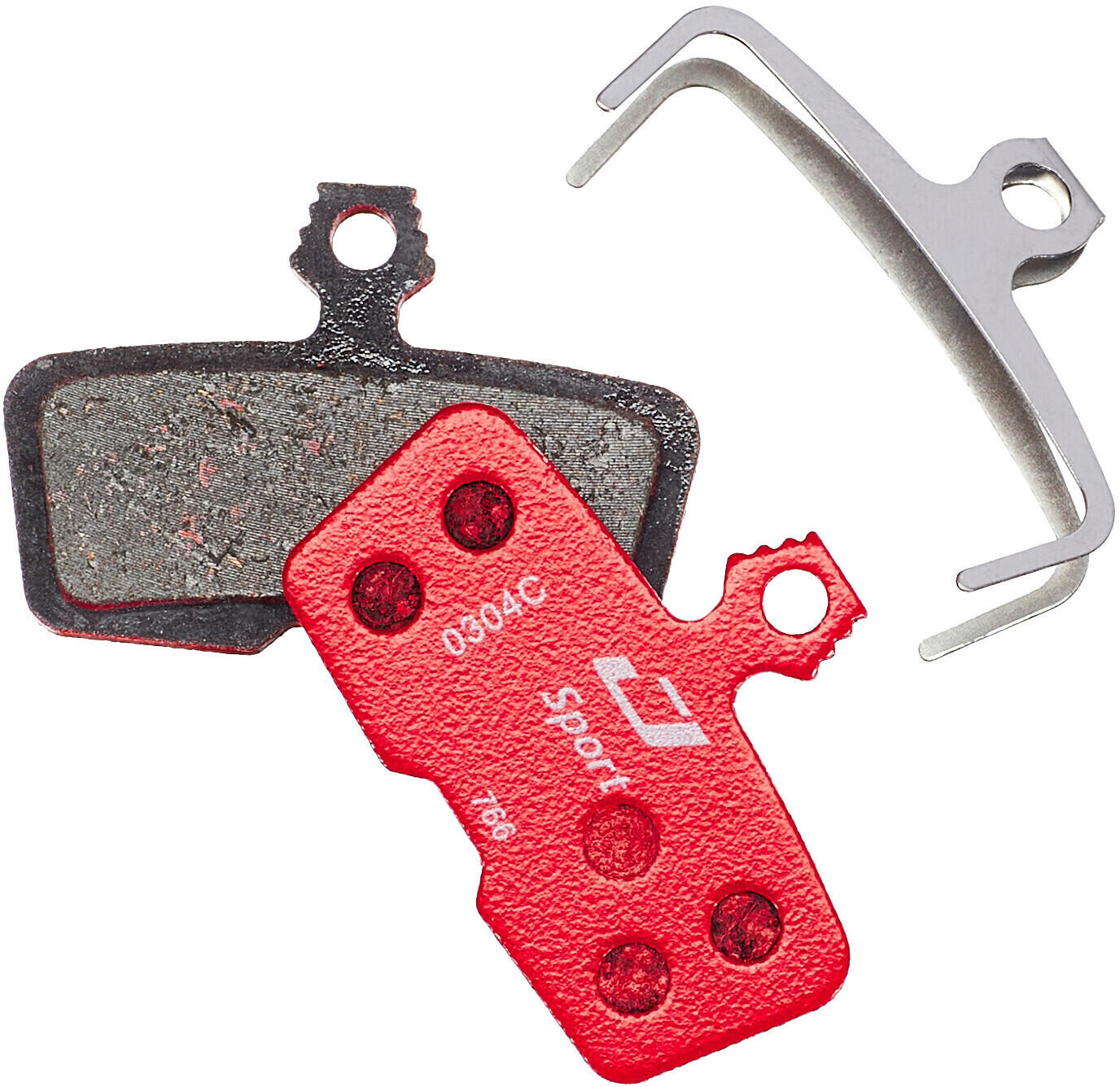
Durability
For mechanical disc brakes, the Shimano BR-RS685 stands out with its sturdy aluminum construction, promising excellent longevity and durability. With a slick operation and heat dissipating capabilities, the Avid BB7 Mountain Mechanical Disc Brake is another reliable option that can withstand intense riding conditions. On the other hand, hydraulic disc brakes like the SRAM CODE RSC offer exceptional durability with their feathery lightweight design and strong stopping power. Additionally, traditional rim brakes such as the Shimano 105 BR-R7010-F Front Brake Caliper deliver reliable durability on road bikes but may not be as suitable for off-road or heavy-duty mountain biking. Overall, carefully analyzing the construction materials and specific features of the brakes will help you determine the durability that each product provides.
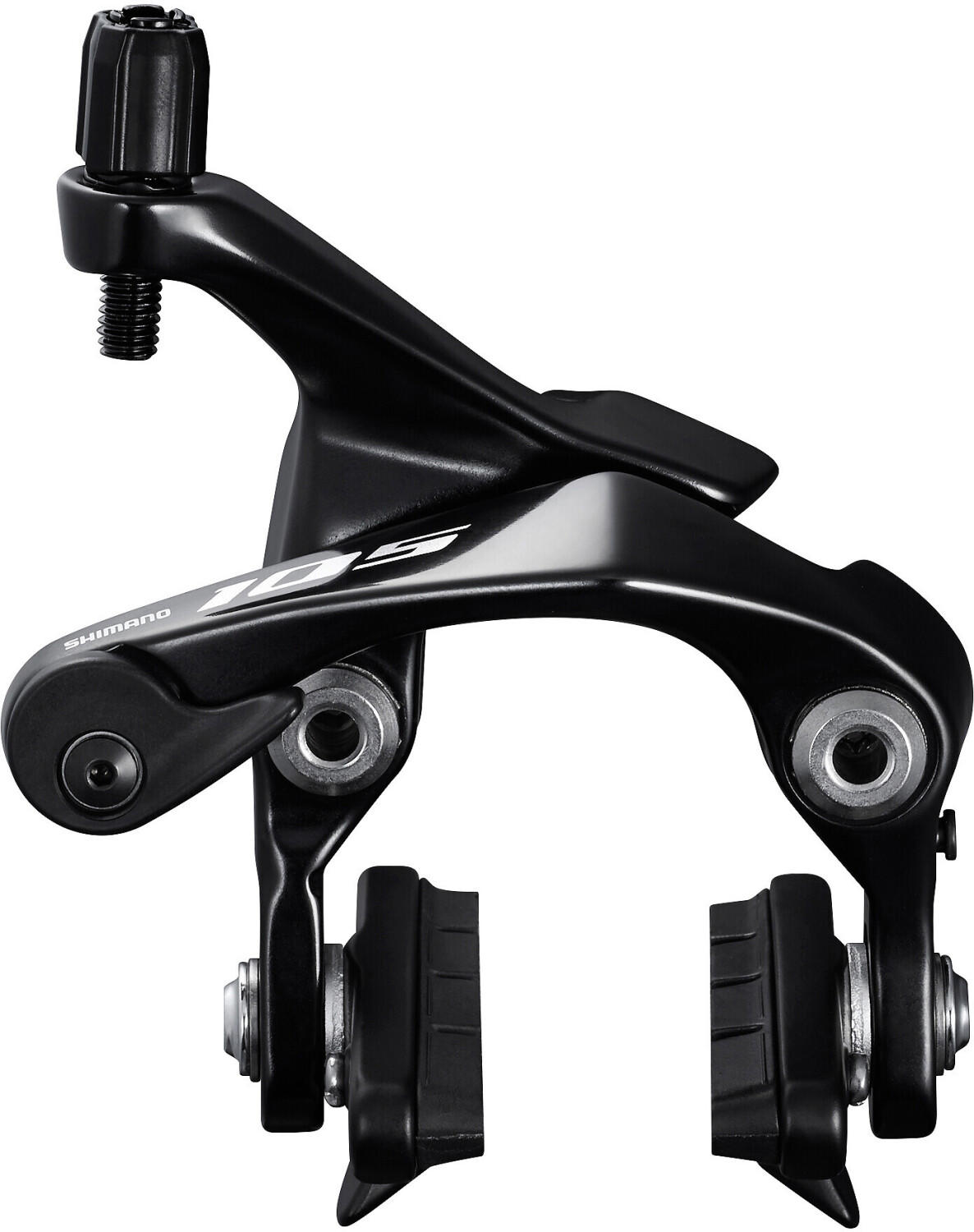
Maintenance requirements
Depending on your riding style and conditions, certain brakes may require more or less maintenance to function optimally. For example, rim brakes often require regular cleaning and adjustment to remove debris and maintain consistent performance. A product that addresses this need well is the Shimano Ultegra BR-R8000 Caliper Brake. With adjustable brake shoes and an easy-to-use quick release, it allows for precise control and easy maintenance. Another option for riders who prefer a low-maintenance brake system is the SRAM Level Ultimate Hydraulic Disc Brake. This brake system provides consistent performance, requiring minimal maintenance thanks to its sealed hydraulic design, and is a great choice for riders who frequently encounter wet and muddy conditions.


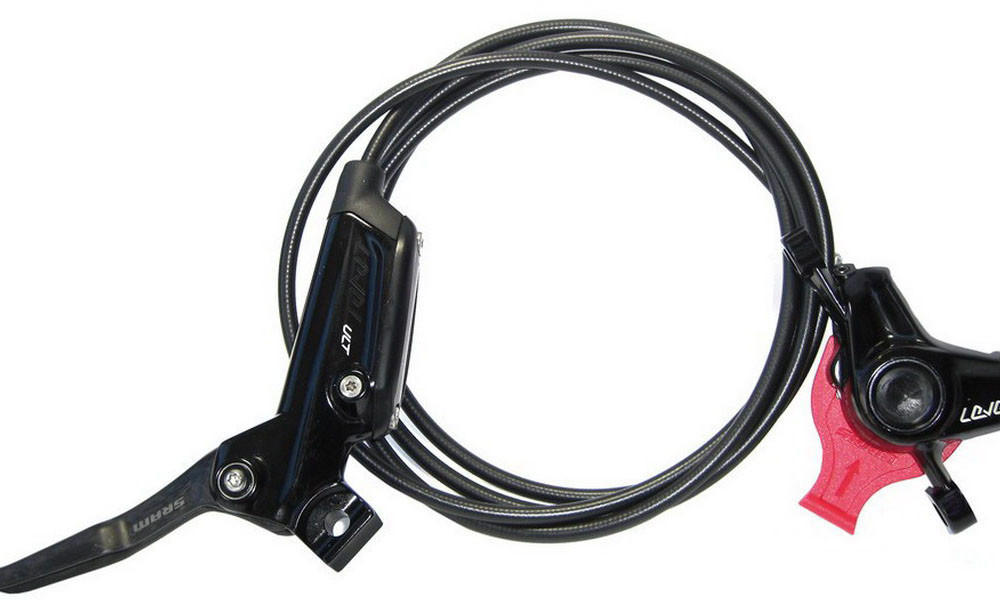
Safety features
Look for features such as good stopping power, reliability, and control. One example of a reliable and high-performance brake is the Shimano XT M8000 Disc Brake. This brake offers excellent stopping power with 20% increase in braking performance compared to its predecessor. It comes with a lightweight and ergonomic design, improving control and reducing fatigue. Another option is the SRAM Guide RSC which features a four-piston design and delivers reliable and consistent stopping power, ideal for demanding trail riding and downhill applications. These brakes prioritize rider safety and provide users with responsive and powerful braking abilities.
Additionally, brakes can be divided into different types based on their mechanism. Some popular types of bike brakes include:
V-brakes: These brakes are common on mountain and hybrid bikes and offer good stopping power. Notable product: Shimano Deore BR-M615 V-Brake.
Caliper brakes: Commonly found on road bikes, these brakes offer lightweight and efficient stopping power. Notable product: Campagnolo Super Record Dual Pivot Brake Set.
Disc brakes: Considered to be the most powerful type of brake, these brakes use a rotor and caliper system to provide excellent stopping power in all conditions. Notable product: Magura MT7 Disc Brake.

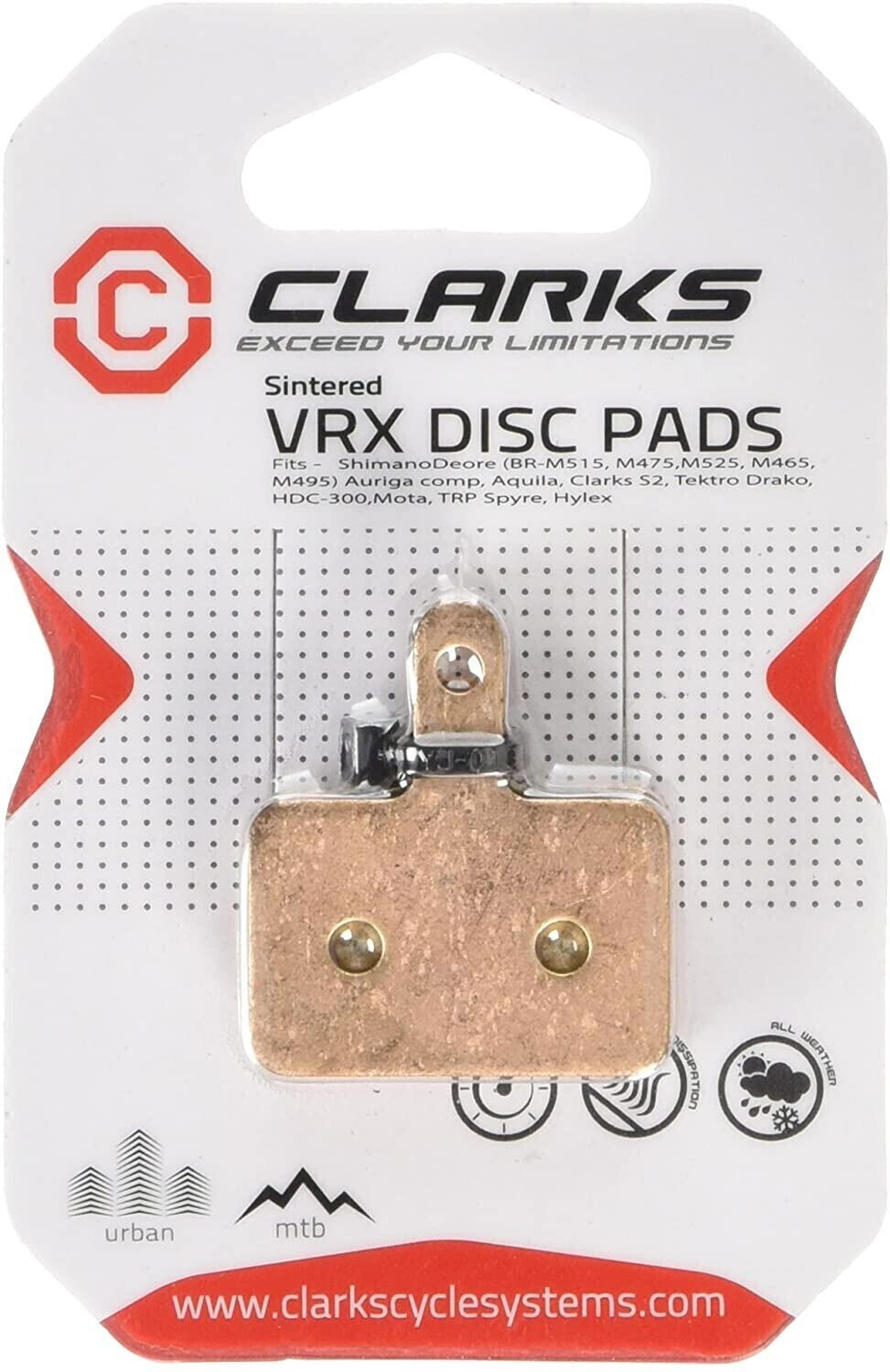

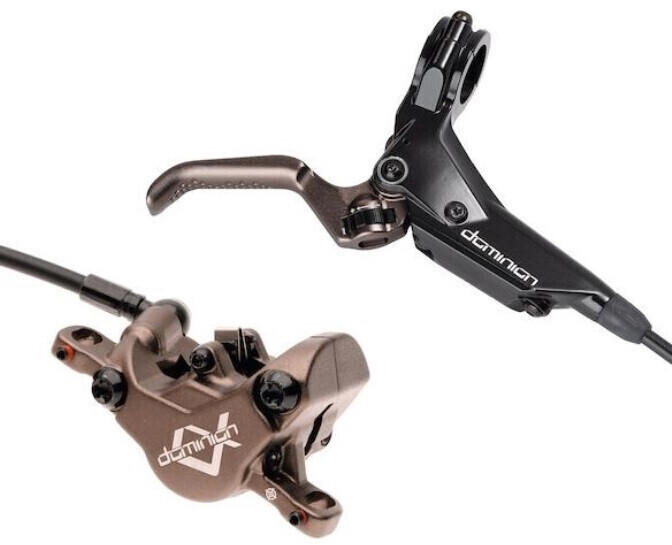

Weather resistance
Exposure to rain and harsh weather conditions can lead to corrosion, loss of braking power, and potential accidents. One example of a bike brake system renowned for its excellent weather resistance is the Shimano Ultegra R8070 Hydraulic Disc Brake Set. Made with high-quality materials and a weather-sealed design, these brakes ensure optimal performance in all weather conditions. Another option is the SRAM Force eTap AXS HRD Hydraulic Disc Brake, which features a durable construction and is equipped with a special fluid optimized for extensive use and all kinds of weather. These highly-rated brakes are designed to endure harsh conditions and provide consistent braking power when you need it most.
Power transfer efficiency
One example of a high-power transfer brake system is the Shimano Dura-Ace BR-R9170 Disc Brake Caliper. This brake caliper incorporates a 2-piston design with ceramic pistons, offering excellent heat dissipation and responsiveness, resulting in increased power transfer efficiency. Another option that provides outstanding power transfer efficiency is the Magura MT7 Next Bike Disc Brake. This innovative brake system features a 4-piston design, ensuring maximum brake pad pressure and delivering exceptional stopping power for increased efficiency.
Segmenting the market, we can distinguish between rim brakes and disc brakes. Rim brakes, such as the SRAM Red Aero Link Brake Calipers, utilize a traditional design where brake pads are pressed against the rim to create friction, resulting in slower heat transfer and lower power transfer efficiency compared to disc brakes. On the other hand, disc brakes like the TRP HY/RD Hydraulic Disc Brake offer superior power transfer efficiency due to their hydraulic systems, which provide consistent and powerful braking regardless of weather conditions.

Compatibility with different brake mounting systems
There are various types of brake mounting systems used in bikes, such as post-mount, flat-mount, and IS-mount. It is essential to ensure that the brakes you choose are specifically designed to be compatible with the mounting system on your bike.
For bikes with a post-mount brake mounting system, options like the Shimano MT400 Hydraulic Disc Brake or the SRAM Guide R Hydraulic Disc Brake are excellent choices. These brakes offer easy installation and adjustment with their post-mount design. They provide powerful stopping power and consistent performance, making them suitable for both mountain biking and road cycling.
If your bike has a flat-mount system, you can opt for the Magura CMe5E MT5e Next eSTOP Disc Brake or the Shimano 105 BR-R7070 Flat-Mount Disc Brake Caliper. These brakes are specifically designed to work with flat-mount frames and forks, ensuring a precise fit and reliable performance.
For bikes using an IS-mount brake mounting system, the Avid BB7 MTN Mountain Bicycle Disc Brake or the TRP Spyre-C Mechanical Disc Brake are popular choices. These brakes are compatible with frames and forks that feature the IS-mount standard and offer excellent stopping power and modulation.
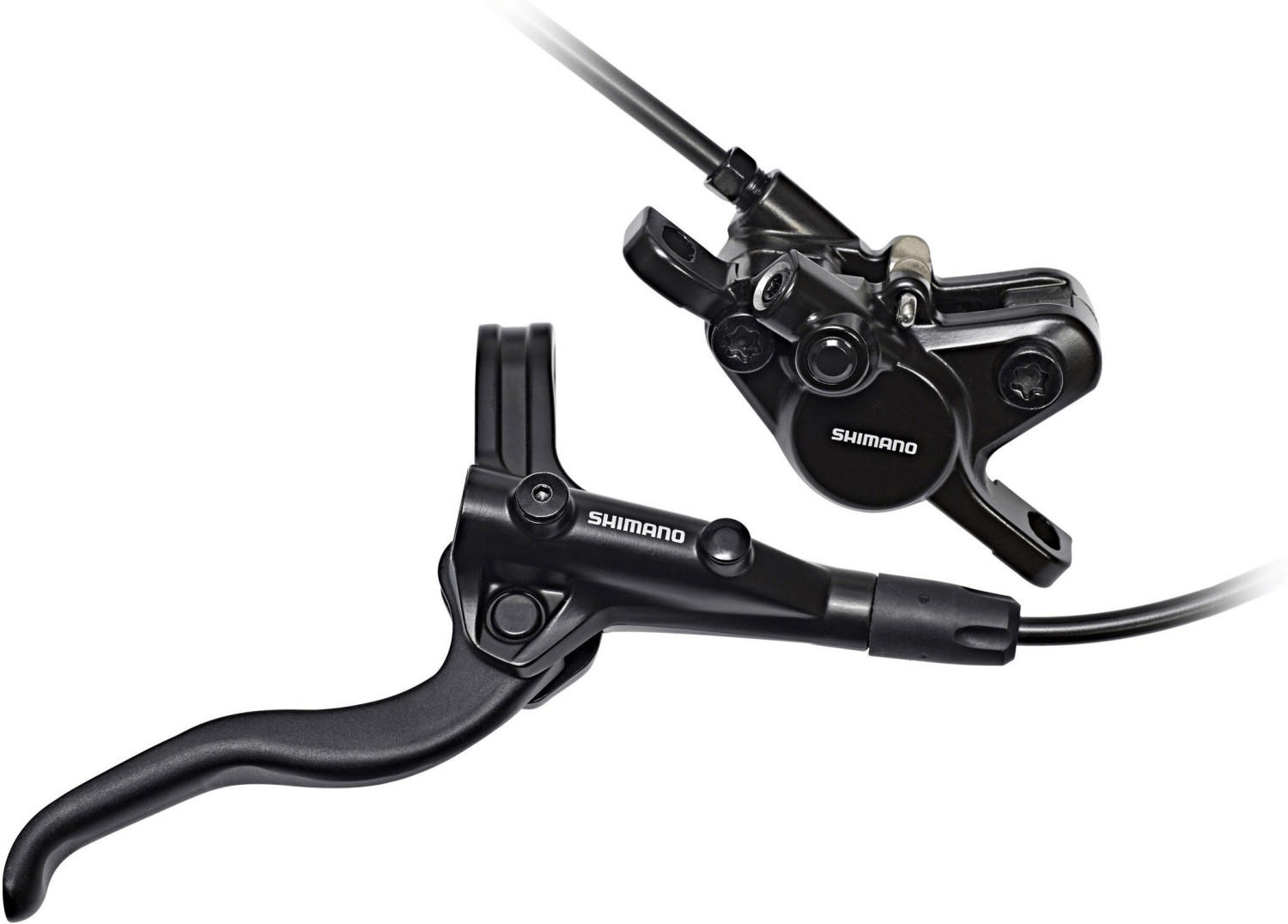
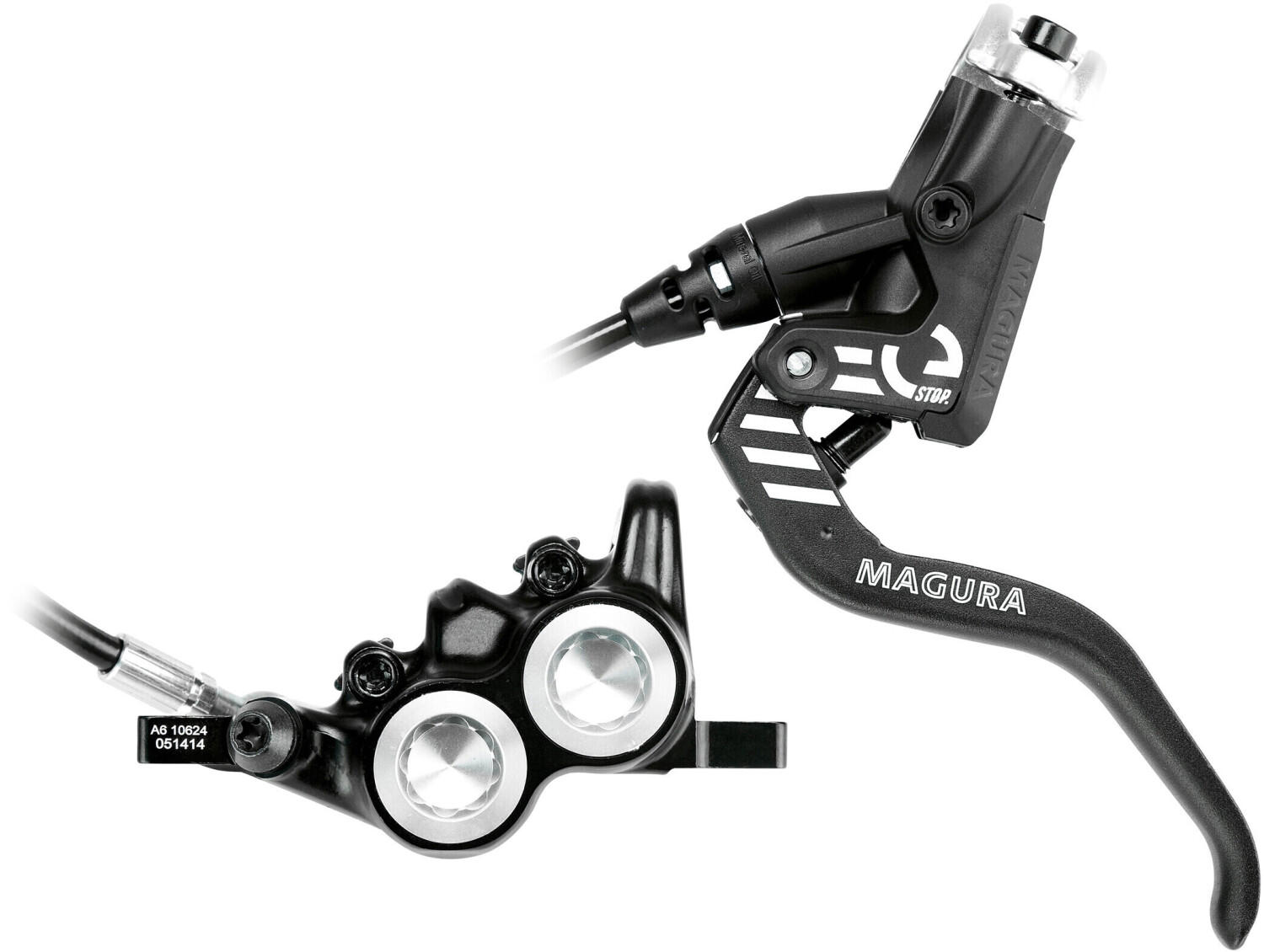
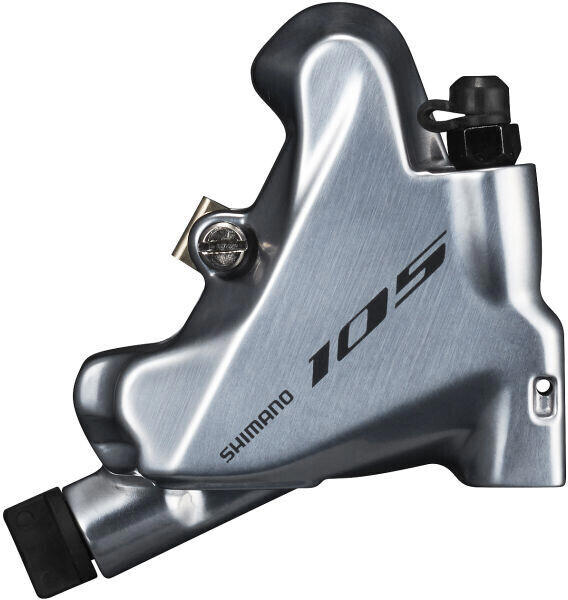

Remember, compatibility with your bike's brake mounting system is key to ensure proper functionality and safety.
Rim brake or disc brake
Rim brakes, such as the Shimano Ultegra BR-R8010 Caliper Brake or the SRAM Force Brake Set, have been a popular choice for road bikes for years. They have brake pads that pinch against the rim of the wheel when the lever is pulled, providing reliable stopping power. However, rim brakes can be influenced by the weather conditions, especially in wet weather, and may require more frequent maintenance to replace worn brake pads. On the other hand, disc brakes, like the Shimano XTR BR-M9120 Hydraulic Brake Caliper or the SRAM Level T Disc Brake, offer benefits such as consistent braking performance in all weather conditions and require less maintenance. They use a rotor attached to the wheel hub, which is grabbed by calipers that press brake pads against the rotor, resulting in efficient stopping power. With disc brakes, riders also have the choice between mechanical or hydraulic options, with hydraulic disc brakes offering improved modulation and progressive braking power.
Stopping distance
It refers to the amount of distance a bike travels from the moment the brakes are applied until it comes to a complete stop. There are several factors that influence the stopping distance of bike brakes, such as the quality of the braking system, the type of brake pads, and the weight of the bike and rider. When it comes to braking systems, hydraulic disc brakes tend to offer better stopping distances compared to mechanical disc brakes or rim brakes. One example of a hydraulic disc brake that provides impressive stopping power is the Shimano XT BR-M8120 Brake Set. This brake set utilizes a four-piston caliper design and offers improved brake pad clearance, resulting in fewer vibrations and noise for a smoother and more powerful stopping experience. Another option to consider is the SRAM Guide Ultimate Disc Brake Set. It boasts a tool-free contact point adjustment, allowing riders to fine-tune their braking performance for optimal stopping distances.
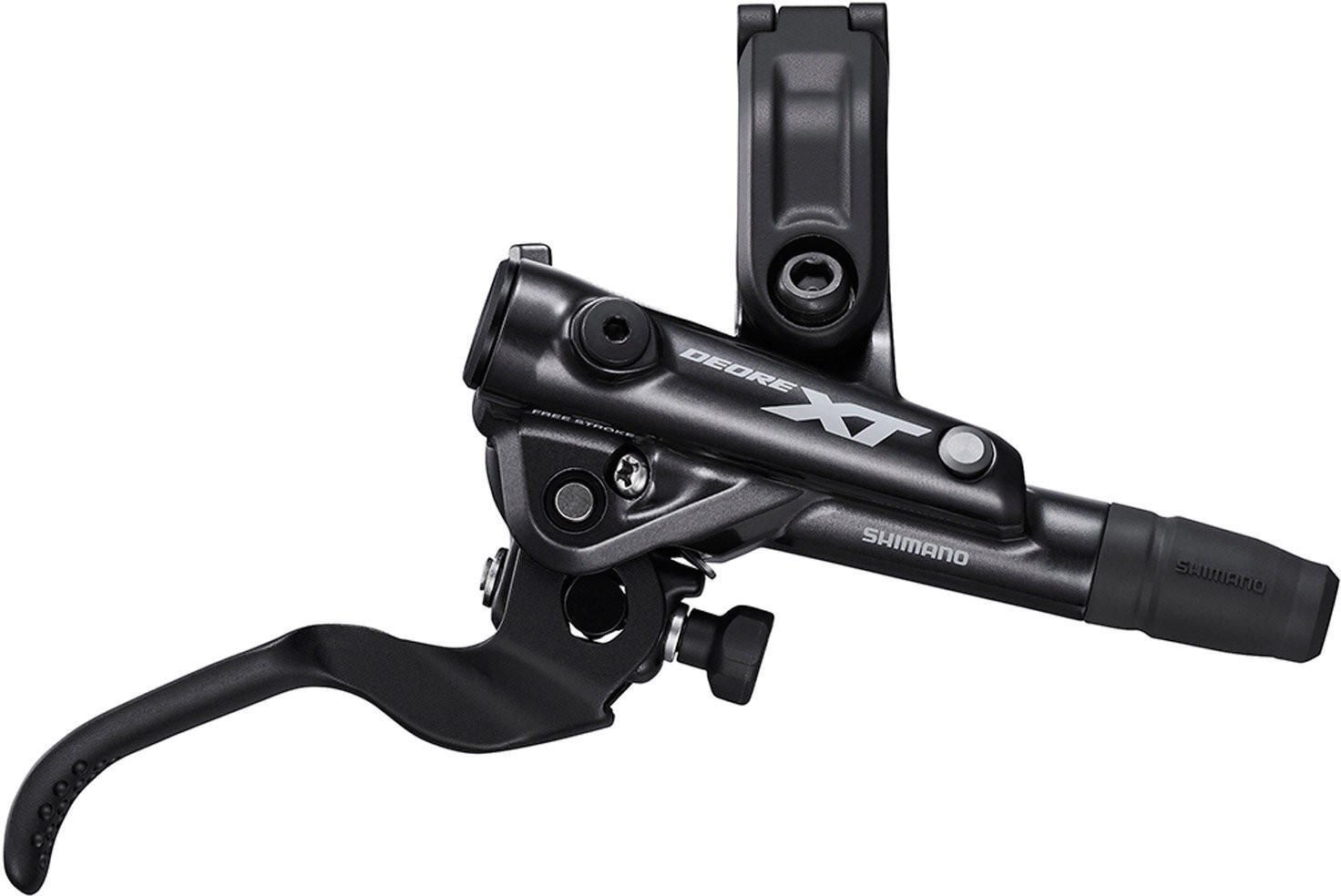
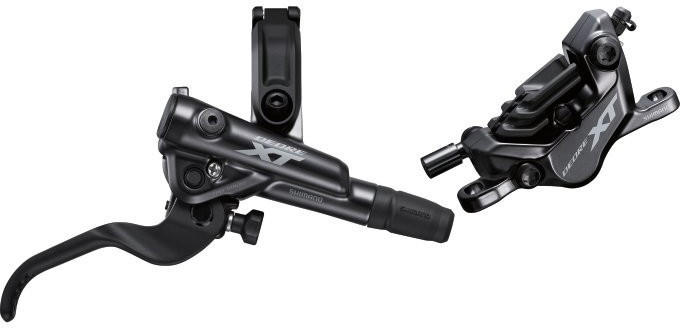

Feathering ability in wet conditions
Feathering refers to the ease at which you can modulate the brake power to prevent skidding on slippery surfaces. This becomes particularly crucial in wet conditions where the traction is reduced. To ensure safer braking in these conditions, look for bike brakes with features like adjustable leverage ratios or compound design technology that allows for precise control and gradual application of brakes.
Some examples of bike brakes that excel in feathering ability in wet conditions include:
- The Shimano BR-RS785 Hydraulic Disc Brake provides excellent wet performance due to the use of Shimano's Ice Technologies, which dissipates heat and provides consistent braking. It also features a servo wave mechanism for quick initial pad contact and improved modulation.
- Another option is the SRAM Red Aero Link Brake Calipers. These brakes use a Dual Pivot Design and an AeroLink arm structure to enhance brake leverage and modulation. The cartridge brake pad system also allows for easy pad replacement, ensuring optimal performance in wet conditions.
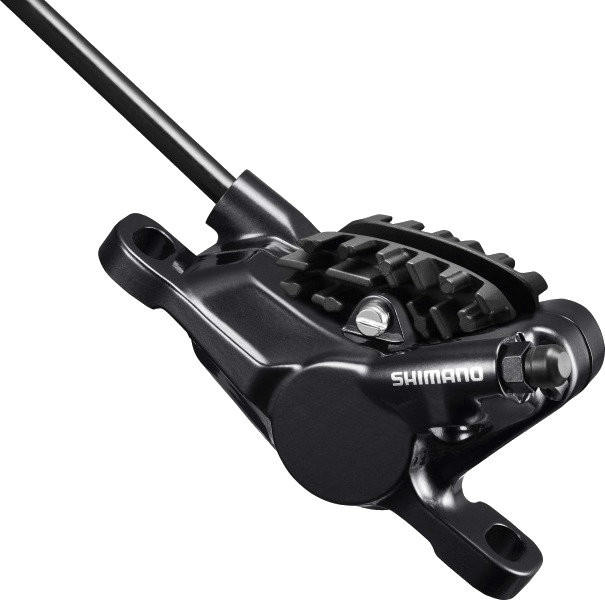
For superior feathering ability in wet conditions, look for brakes that offer features such as adjustable leverage ratios, advanced cooling technologies, precise modulation, and quick pad contact.
Frequent maintenance or repair needs
Some brake systems require more maintenance than others, so it's essential to choose one that matches your maintenance preference and skills. For those seeking low maintenance brakes, hydraulic disc brakes are a popular choice. These brakes require little adjustment and deliver consistent performance over time. A great example of a hydraulic disc brake set is the Shimano XT M8000 Disc Brake. It features a toolless reach adjustment, mineral oil-based hydraulic fluid, and a ceramic piston that provides improved heat dissipation and durability. Another option to consider is the SRAM PC XX1 HollowPin Chain. Its construction with hollow pins enhances durability and decreases chain weight, reducing the frequency of maintenance and replacements.

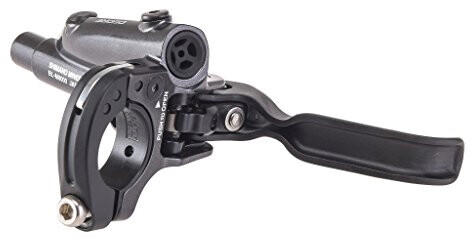
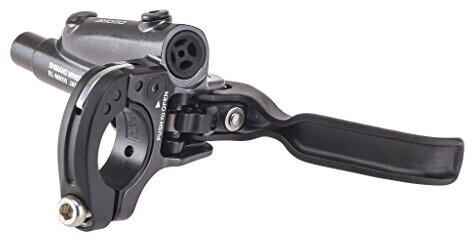
Price
The cost of bike brakes can vary greatly, ranging from budget-friendly options to high-end models. Budget-friendly options like the Shimano BR-T4000 Alivio V-Brake provide excellent value for money with its robust construction and smooth operation. Another affordable option is the Tektro M530 linear pull brake, known for its dependable stopping power and affordability.
For those willing to invest more, high-end models like the SRAM Level Ultimate Disc Brake offers exceptional performance with its lightweight carbon lever and tool-free reach adjust. The Hope Tech 3 E4 Disc Brake is a top-tier option known for its precision engineering and impressive modulation. Keep in mind, though, that pricier bike brakes often feature advanced technologies and materials, making them more suitable for professional or avid riders seeking optimal braking power and control.


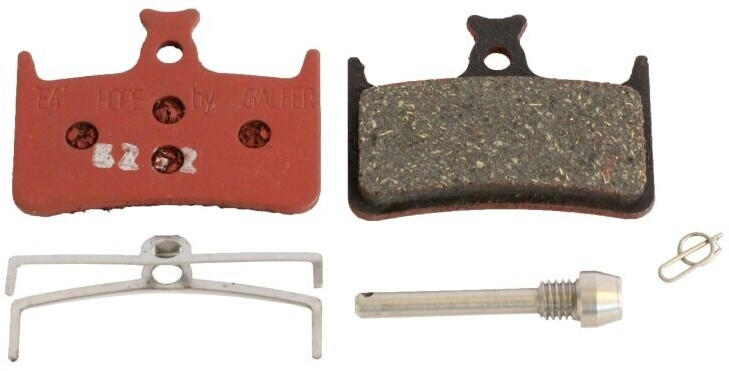
Variety of brands
There are several reputable brands that offer high-quality bike brakes with their own unique pros and cons.
For example, Shimano is a well-known brand that offers a wide range of bike brakes suitable for different types of riders. Their Shimano XTR M9100 disc brake system features high power and excellent modulation for precise control. Other popular Shimano models include the Shimano Deore XT M8000 and Shimano SLX M7100.
Another top brand in the industry is SRAM. They offer innovative technology and advanced features in their bike brakes. The SRAM Guide Ultimate is a lightweight and powerful brake system that provides consistent performance in any conditions. The SRAM Code RSC is another option known for its powerful stopping power and excellent heat management.
Other notable brands in the market include Magura with their Magura MT7 and Magura MT5 brakes, and Hope with their high-performance Hope Tech 3 X2 and Hope Tech 3 V4 models.
It is important to consider the specific needs and preferences of the rider when selecting a brand. Some riders prioritize power and reliability, while others may be looking for lightweight options or advanced technology. Therefore, it is advisable to thoroughly research and test various brands to find the best bike brake that suits individual needs.